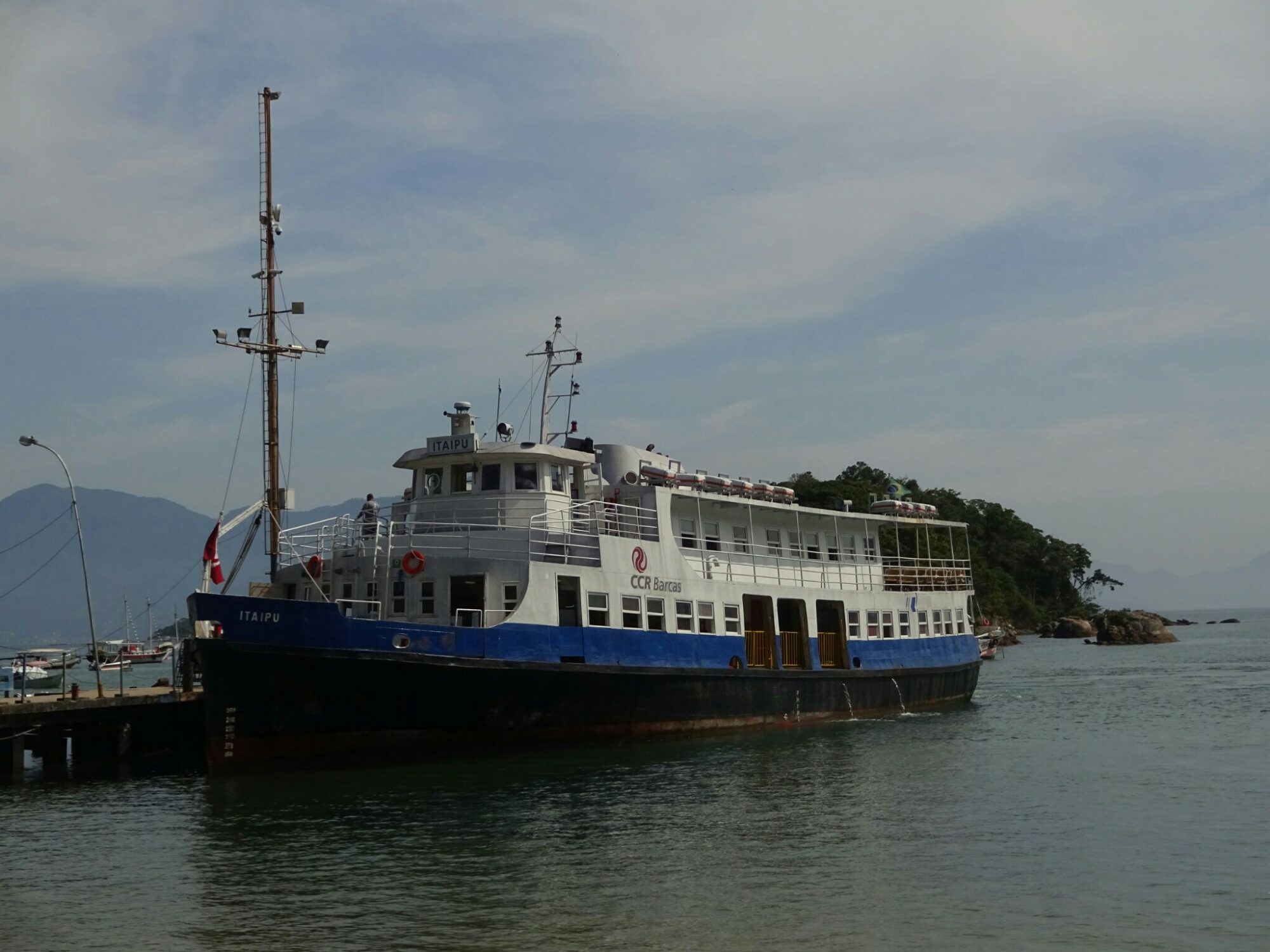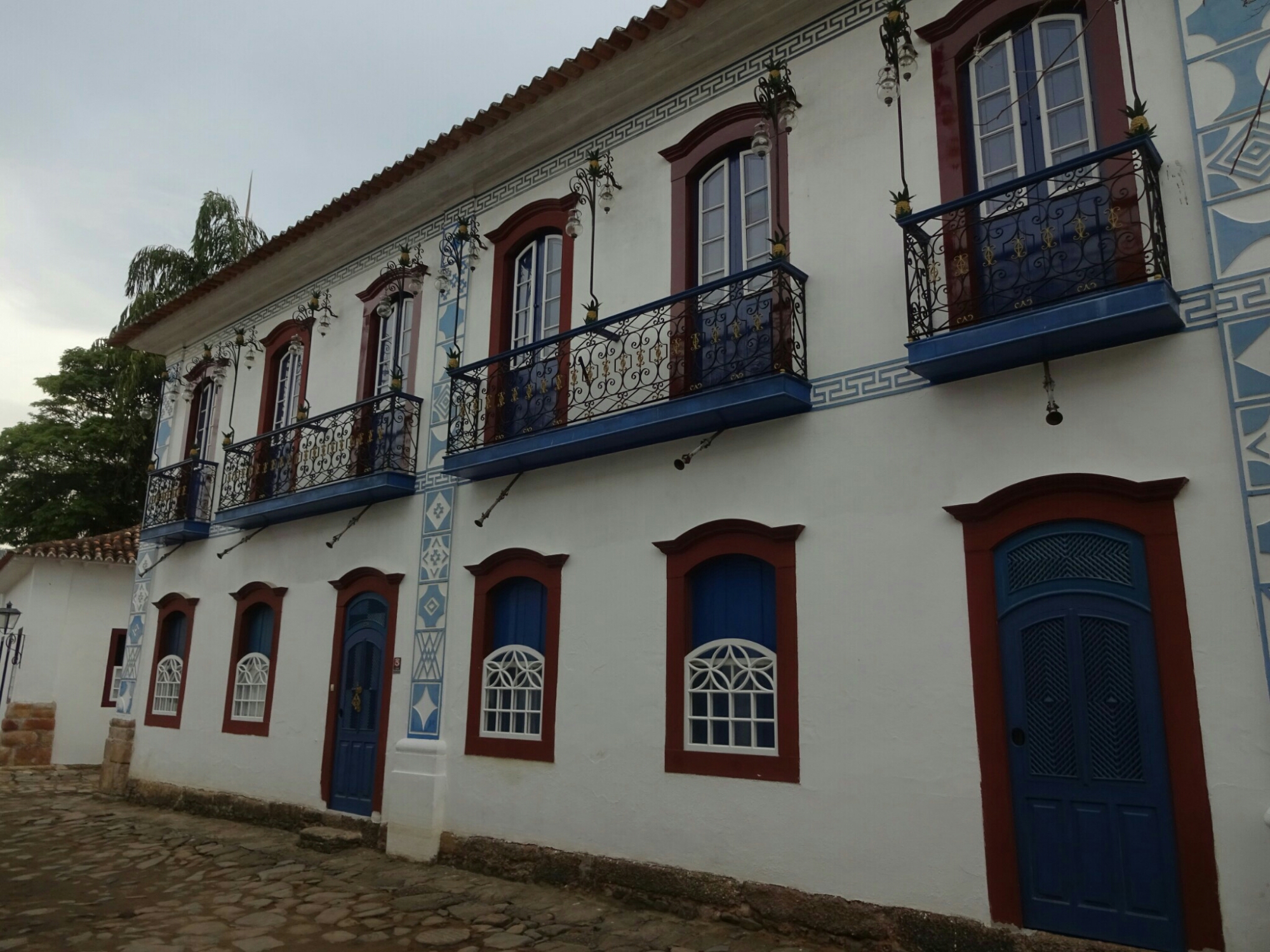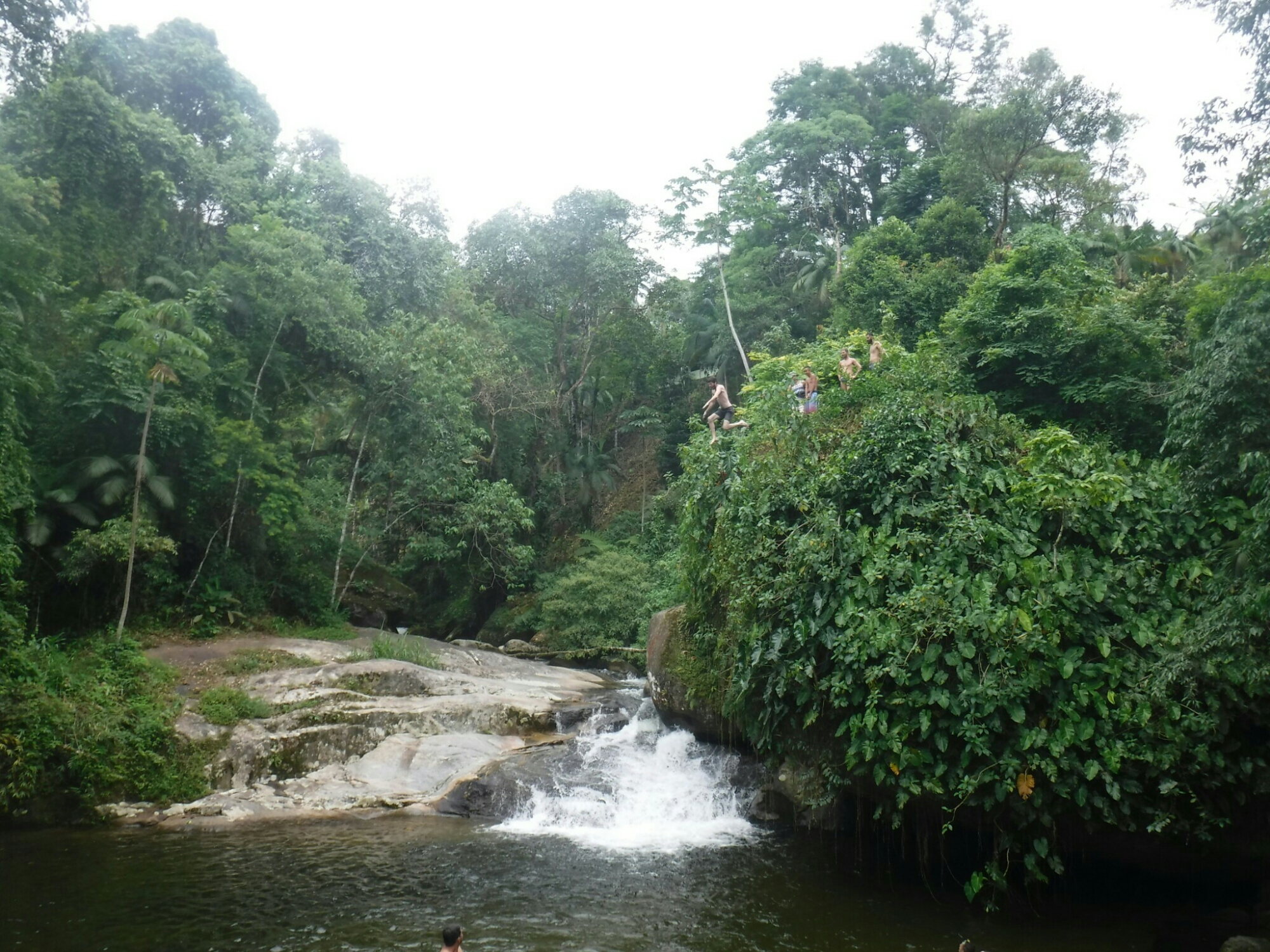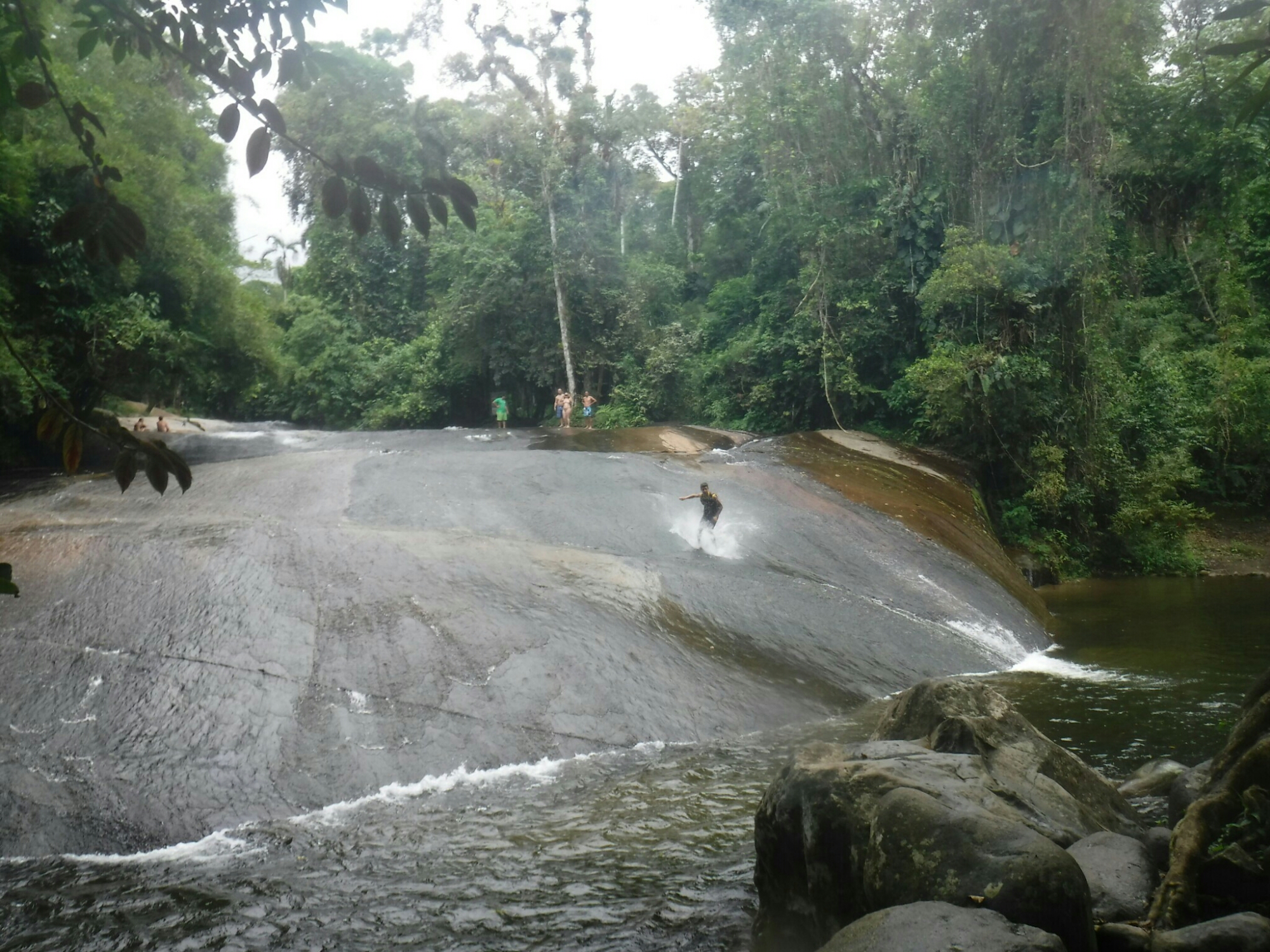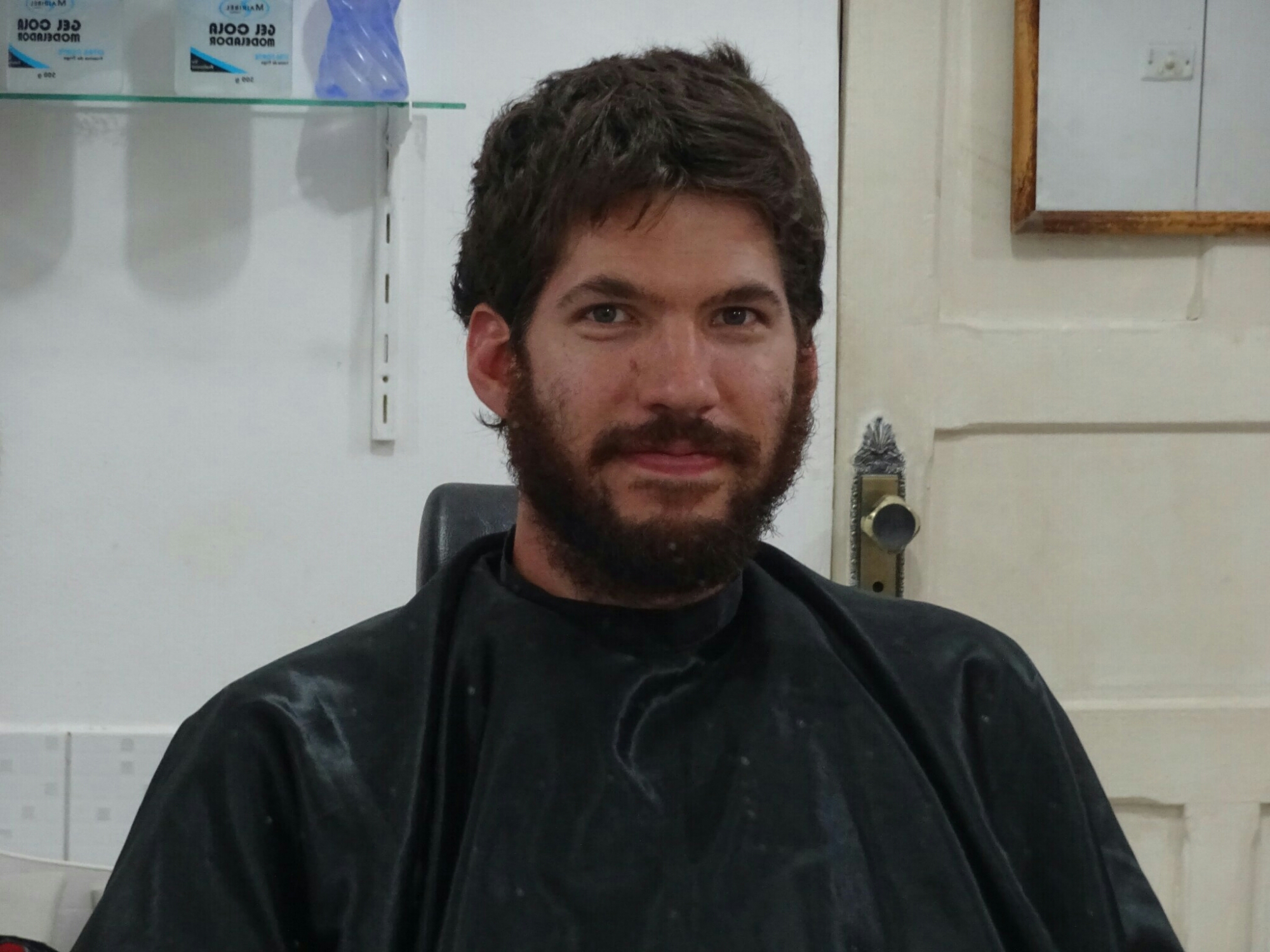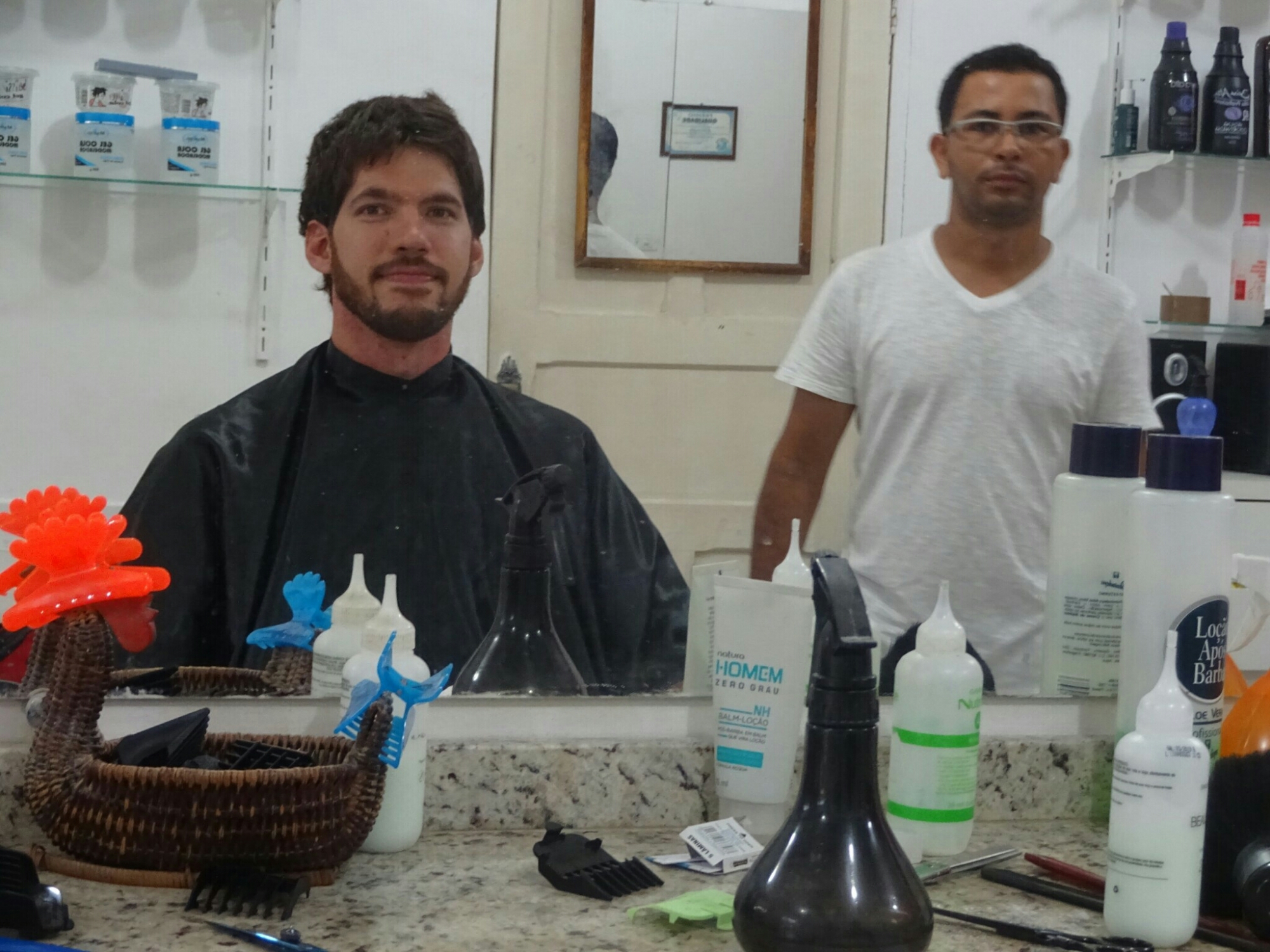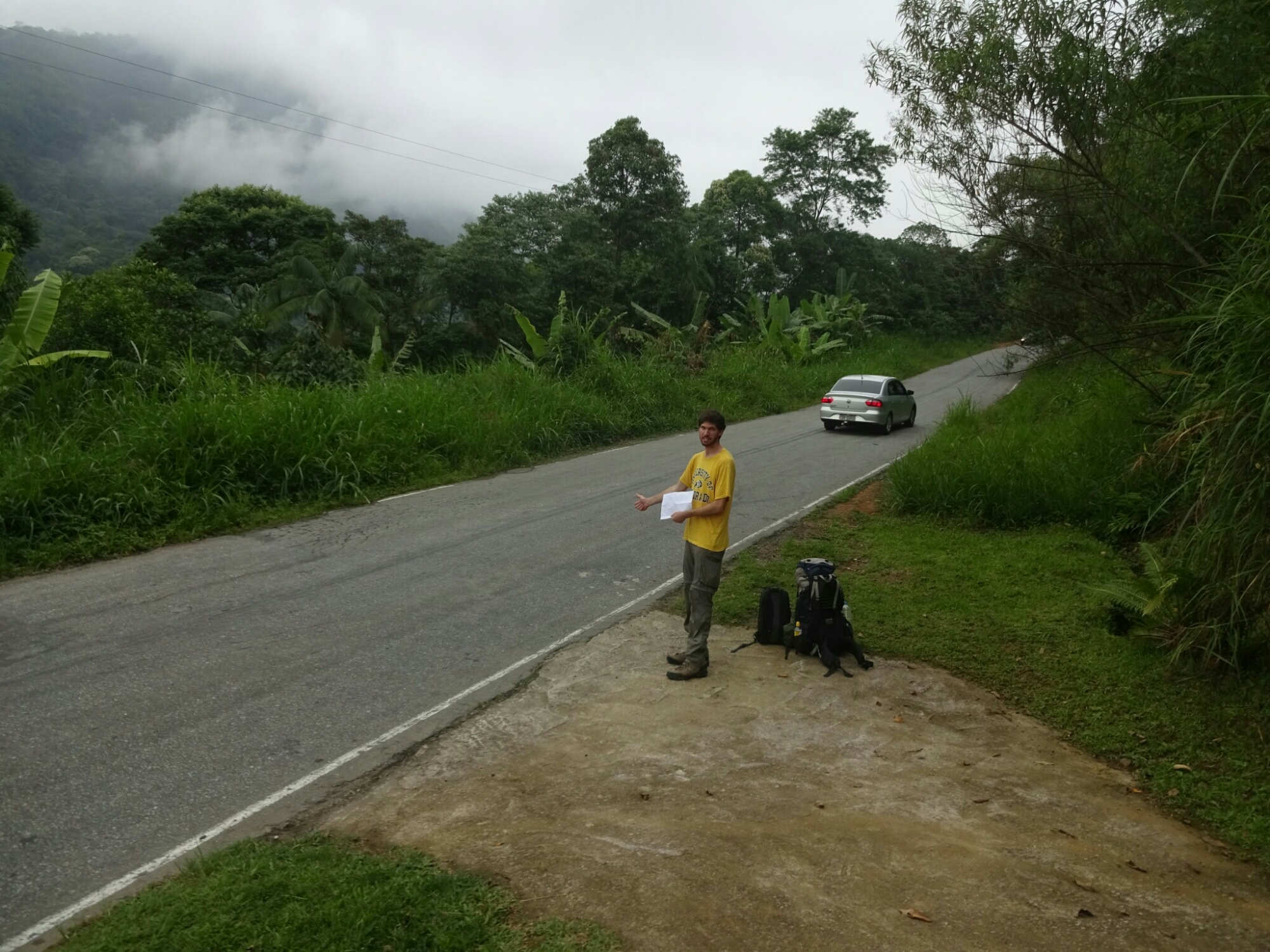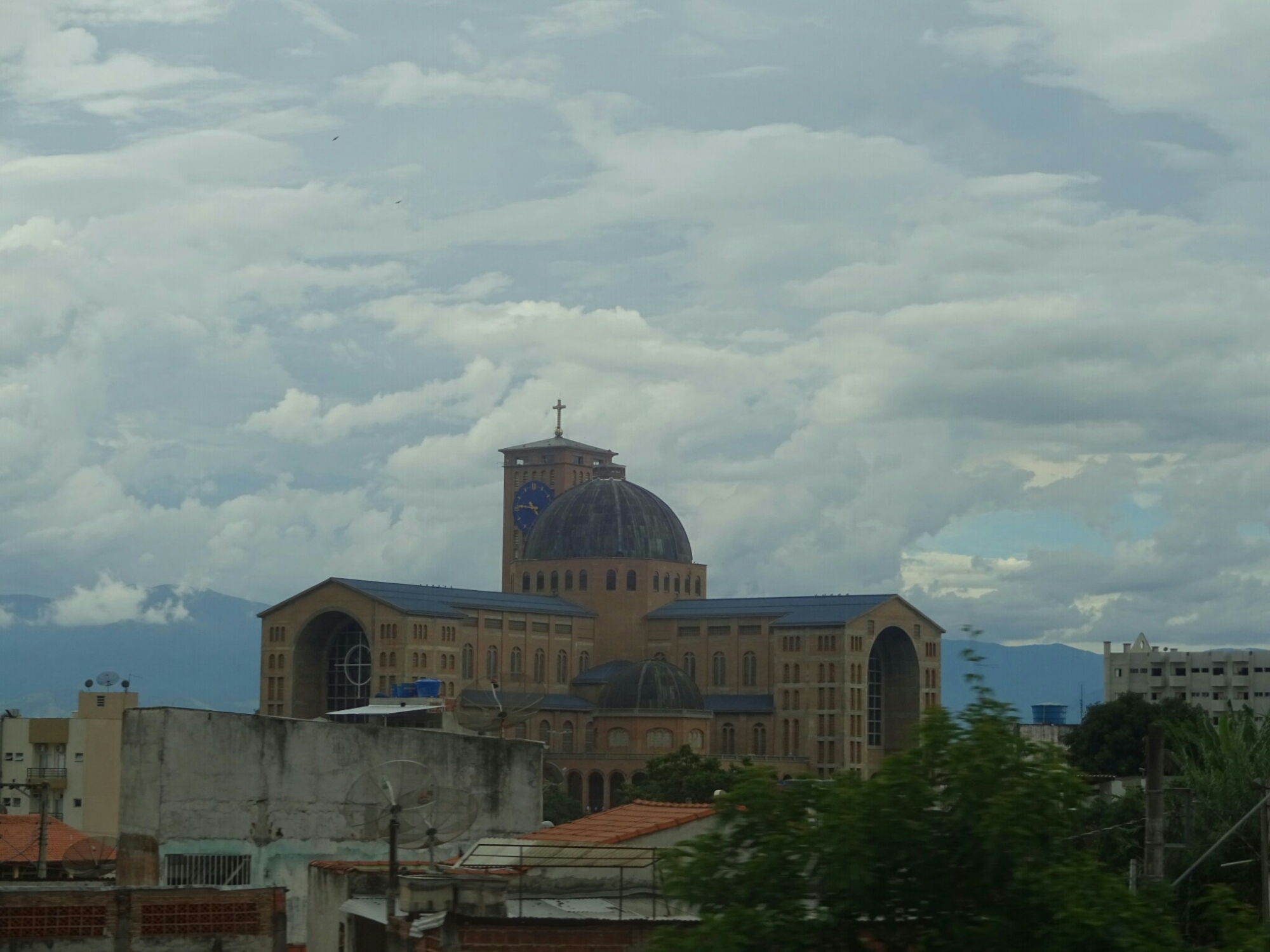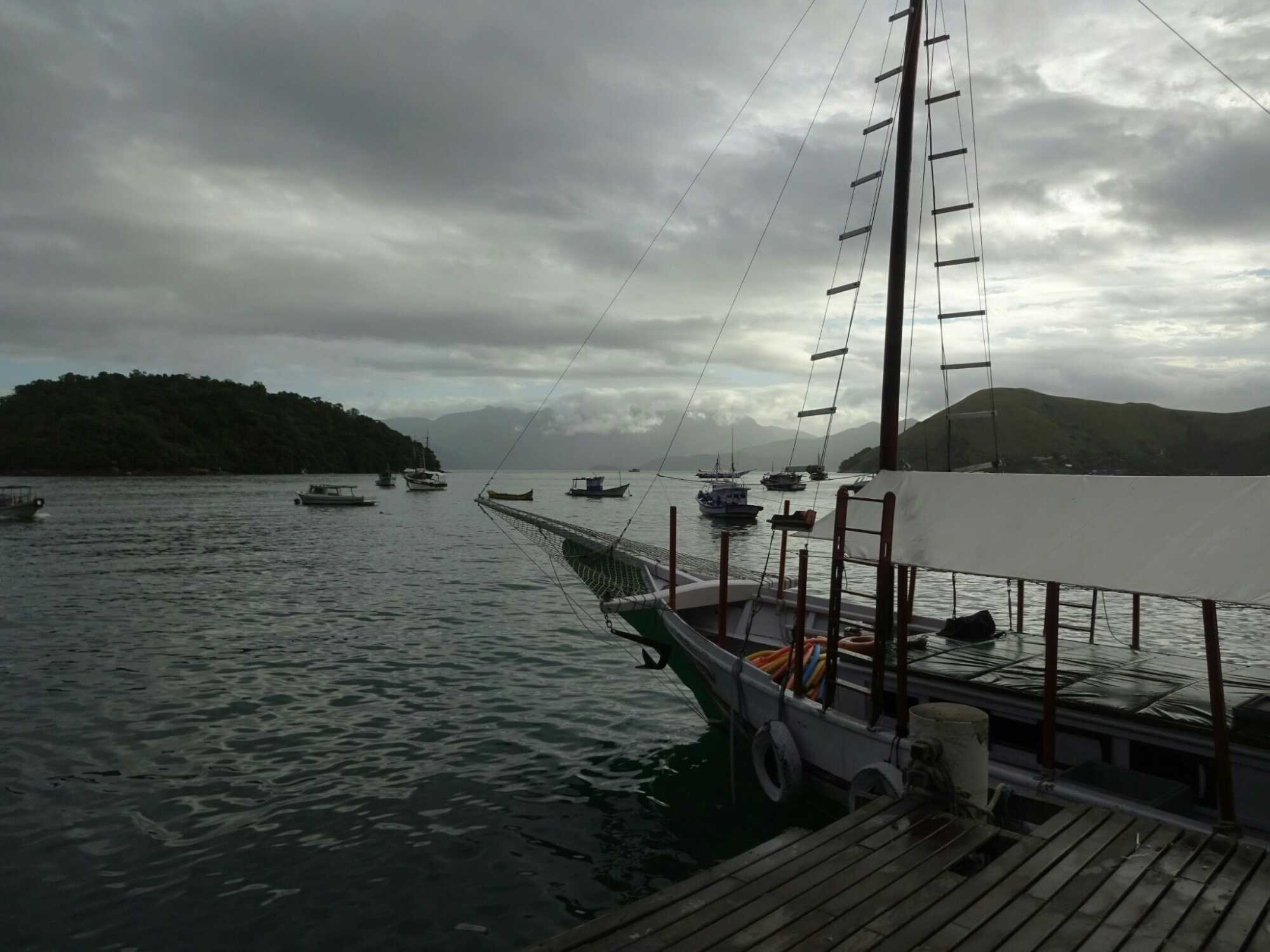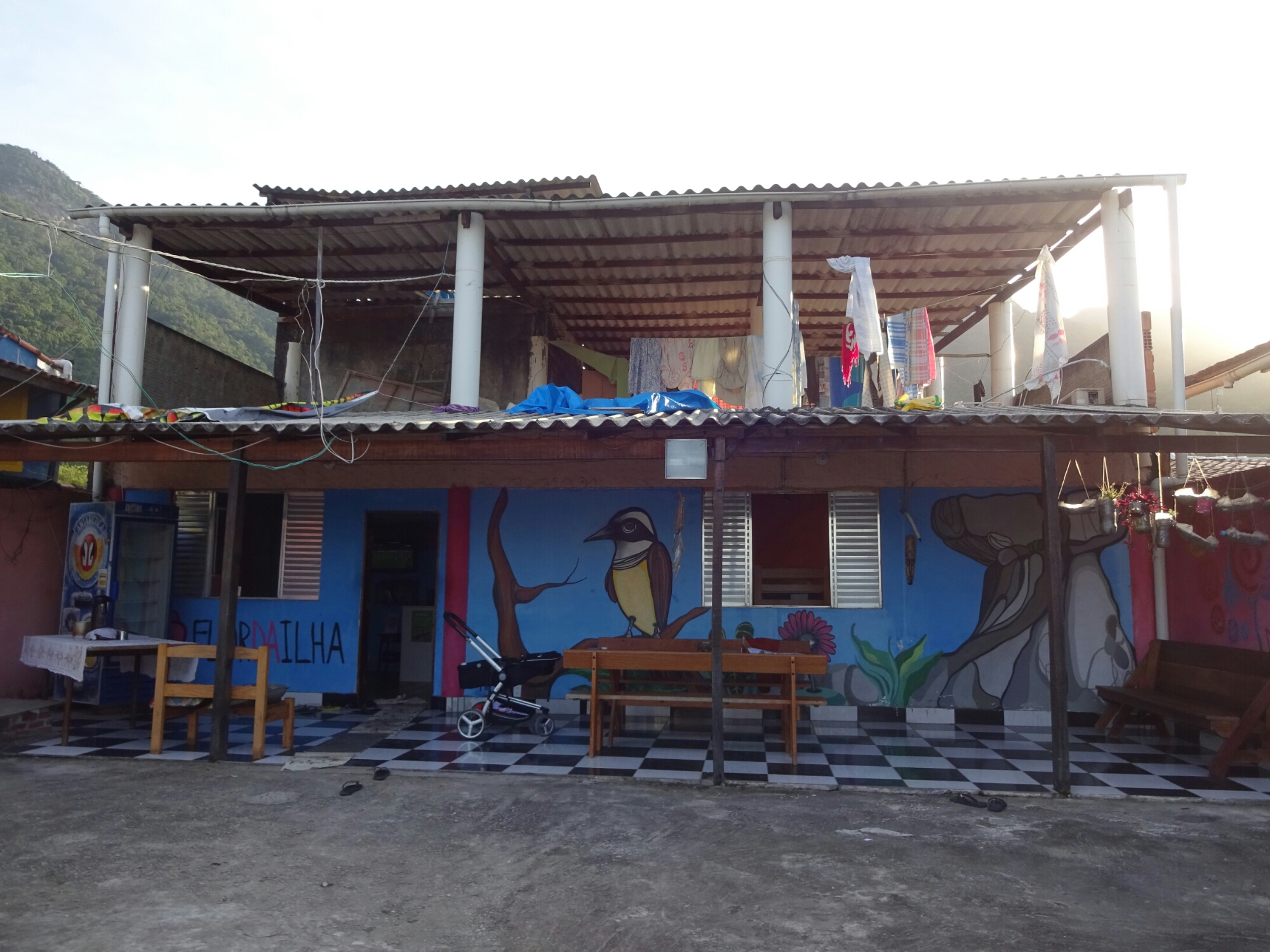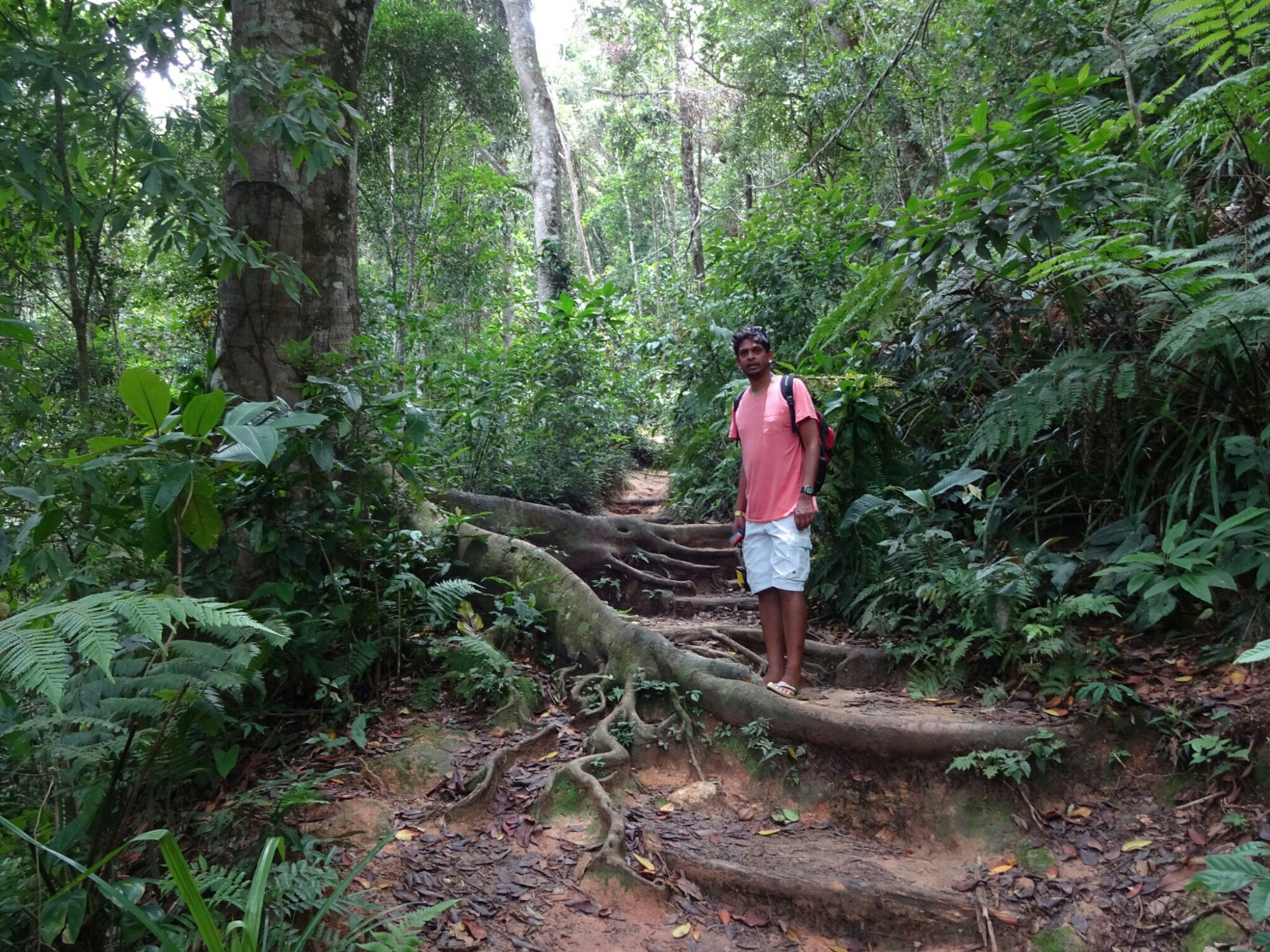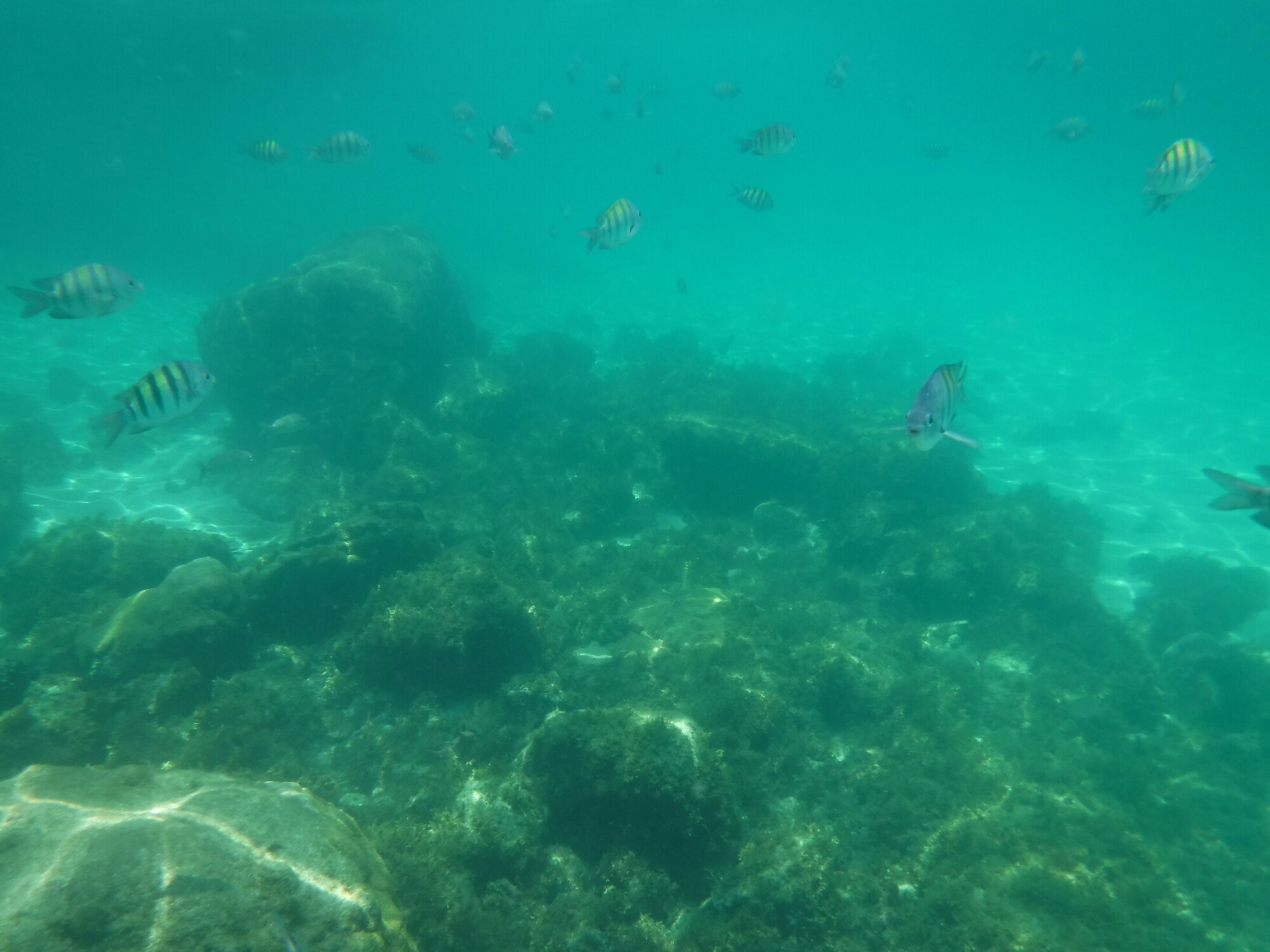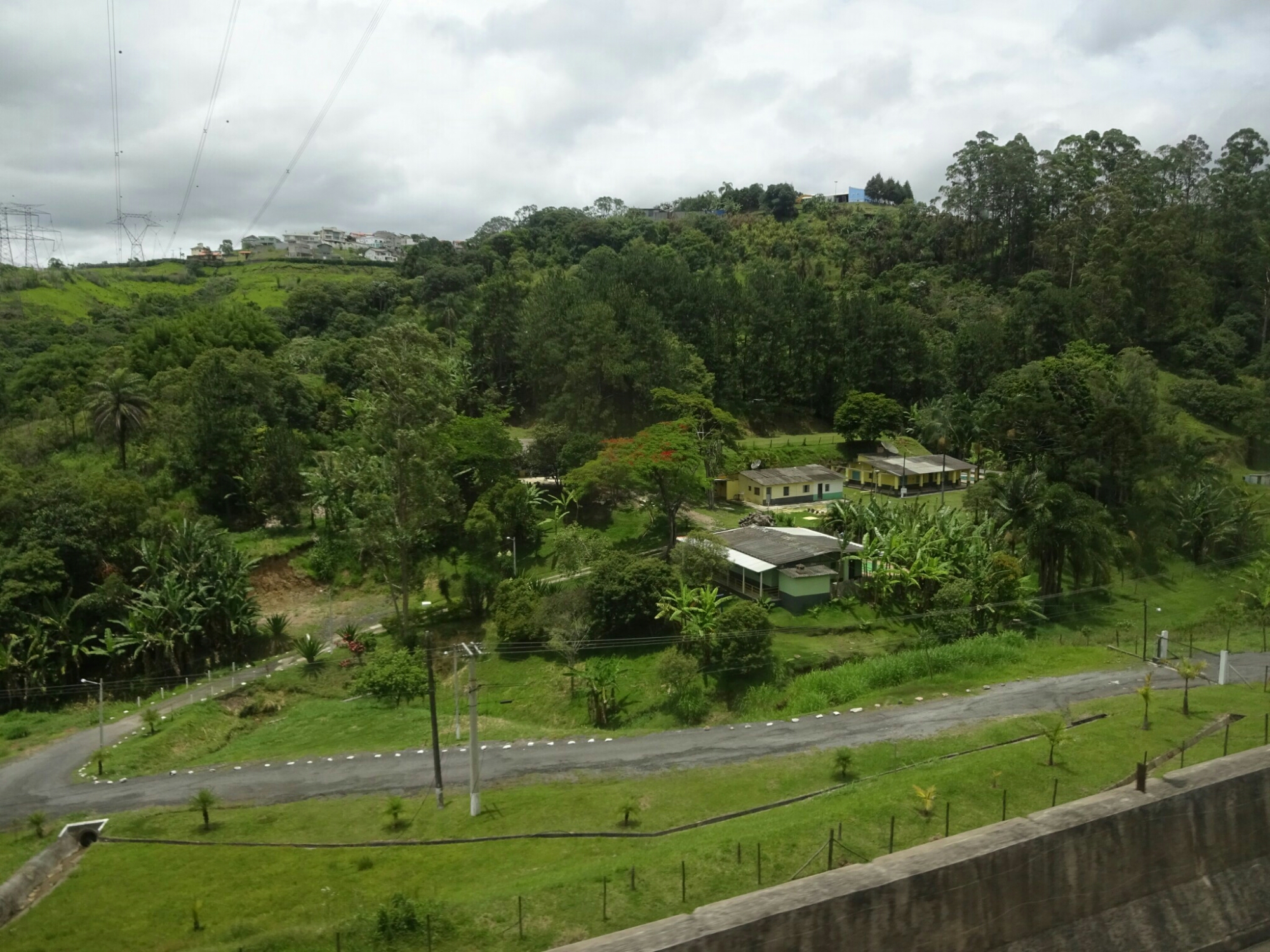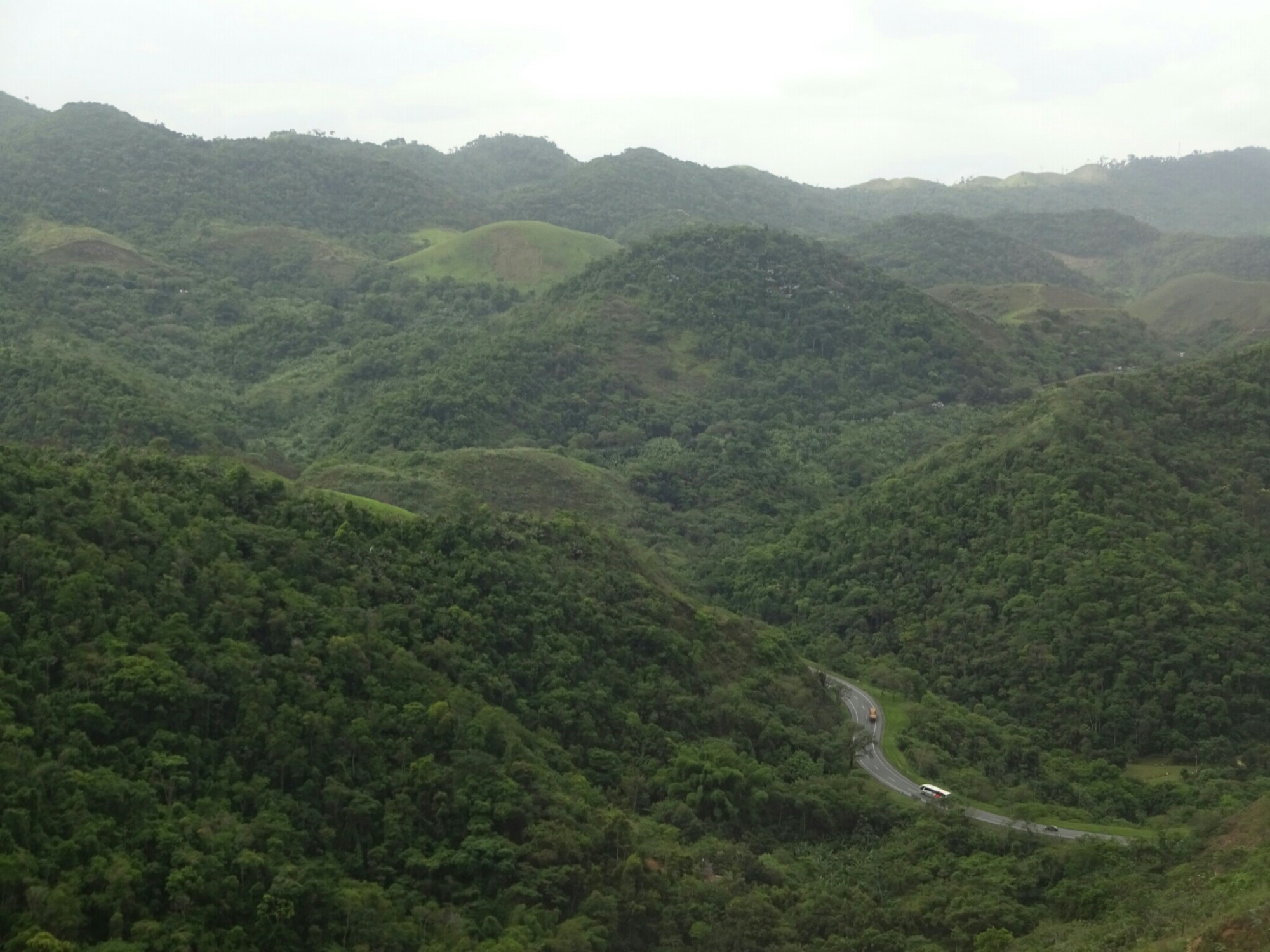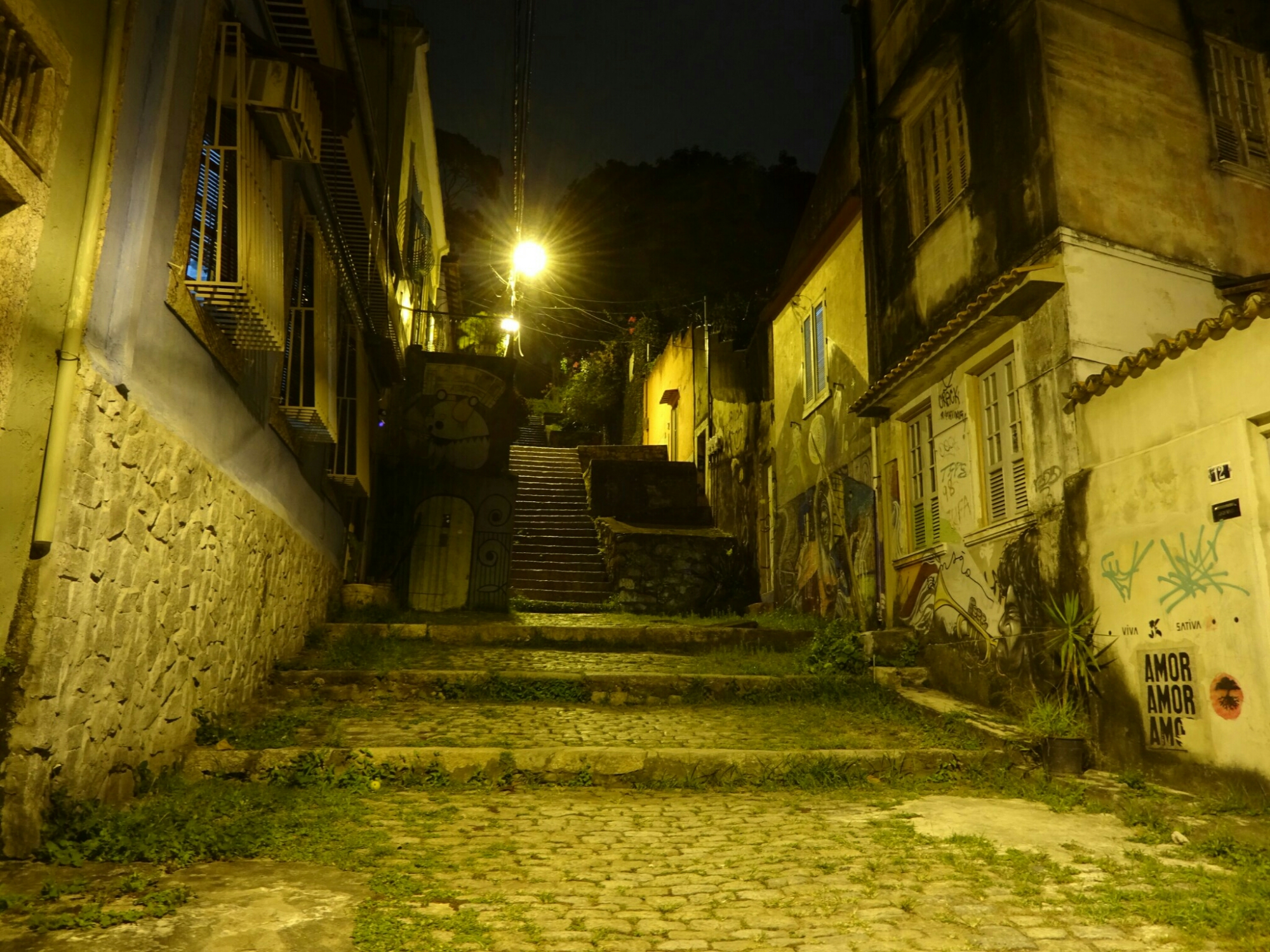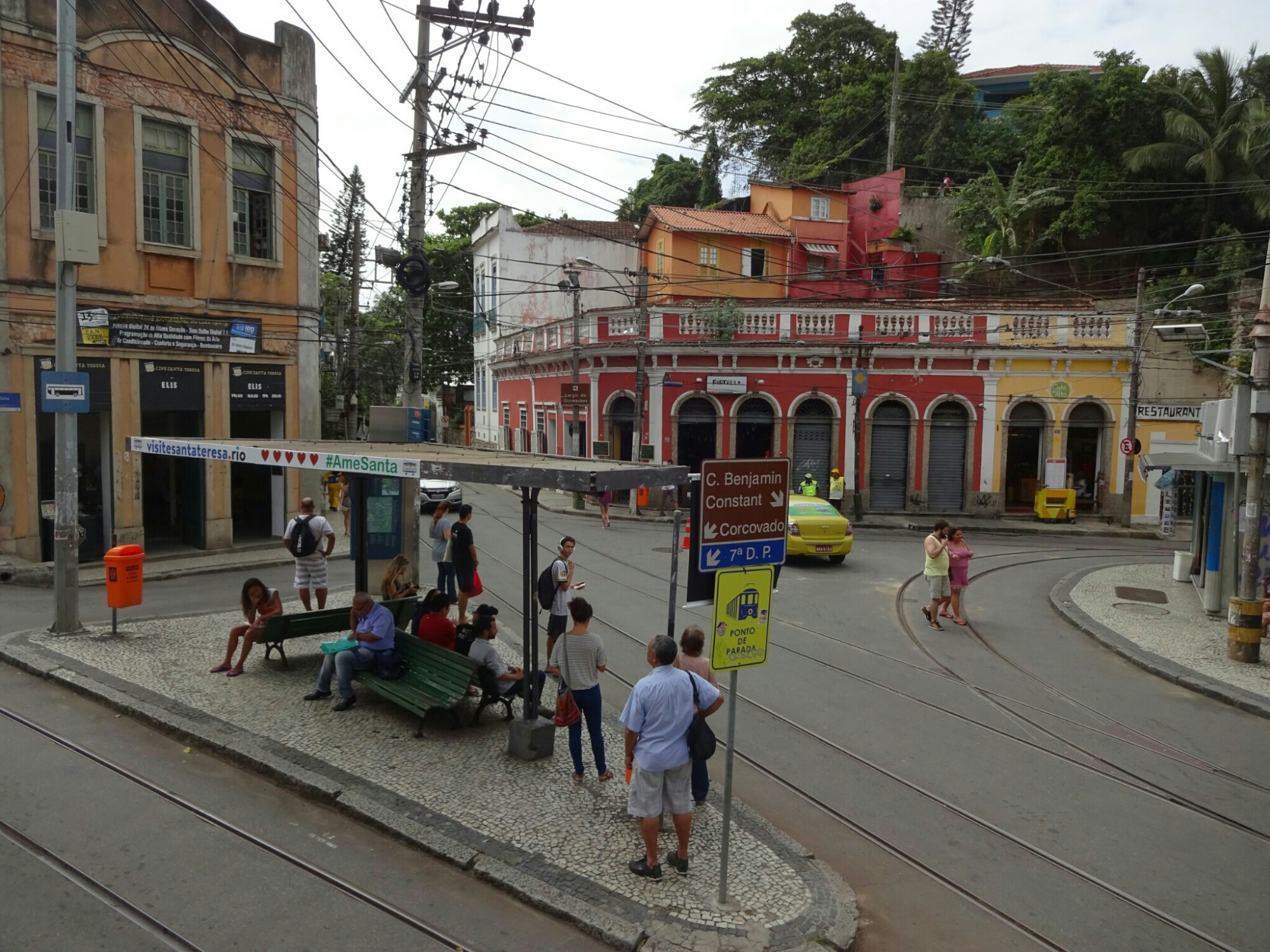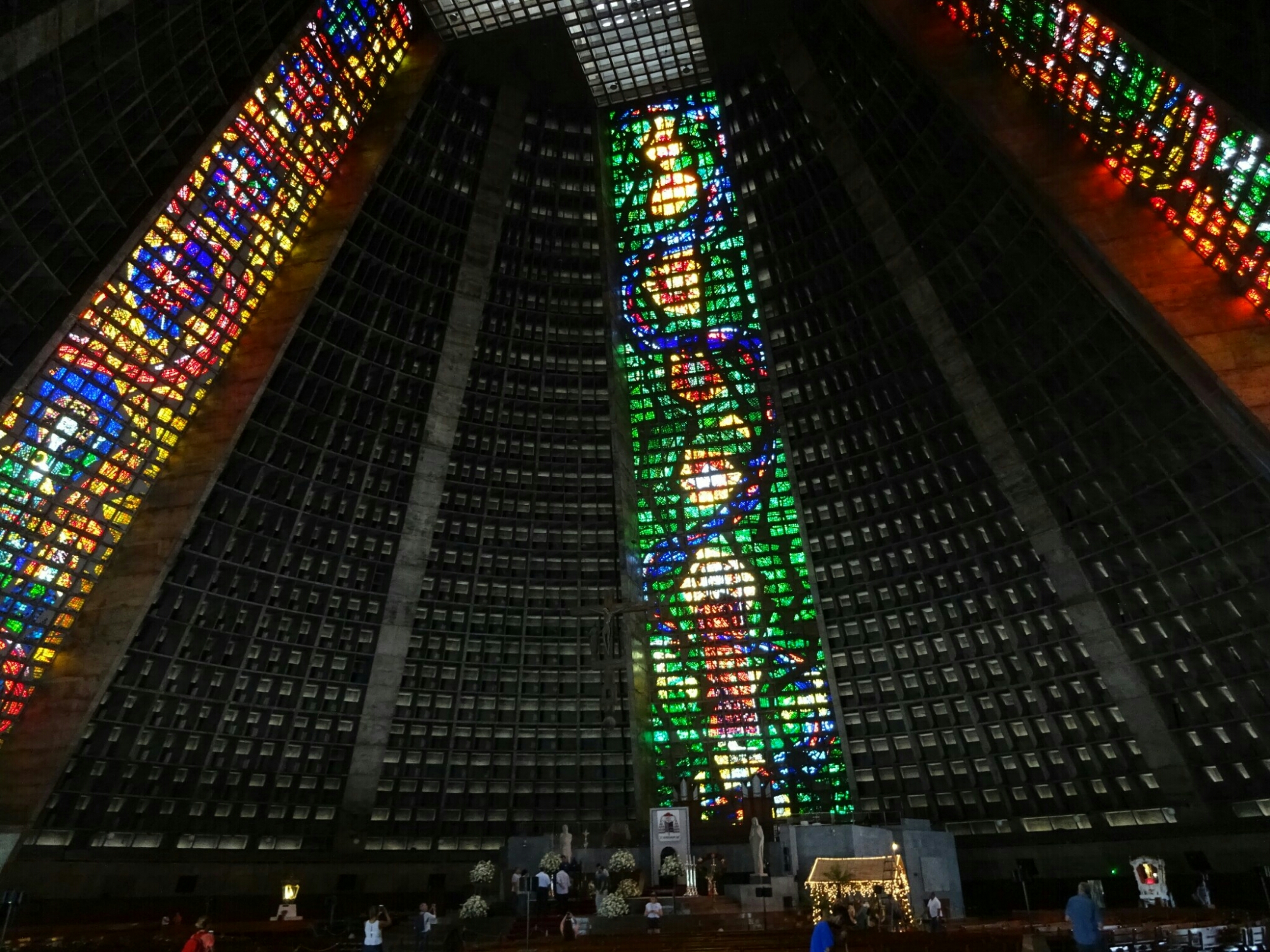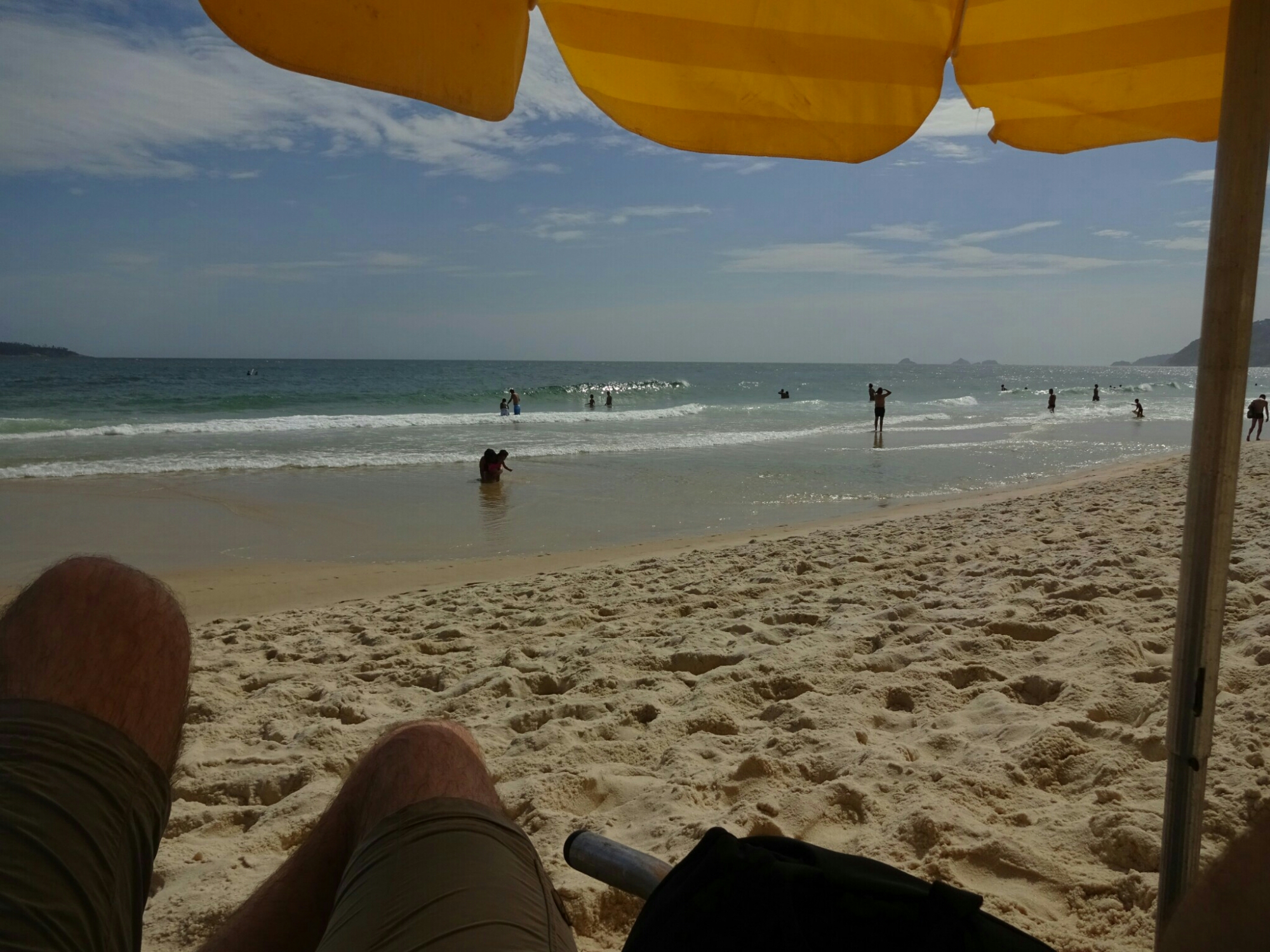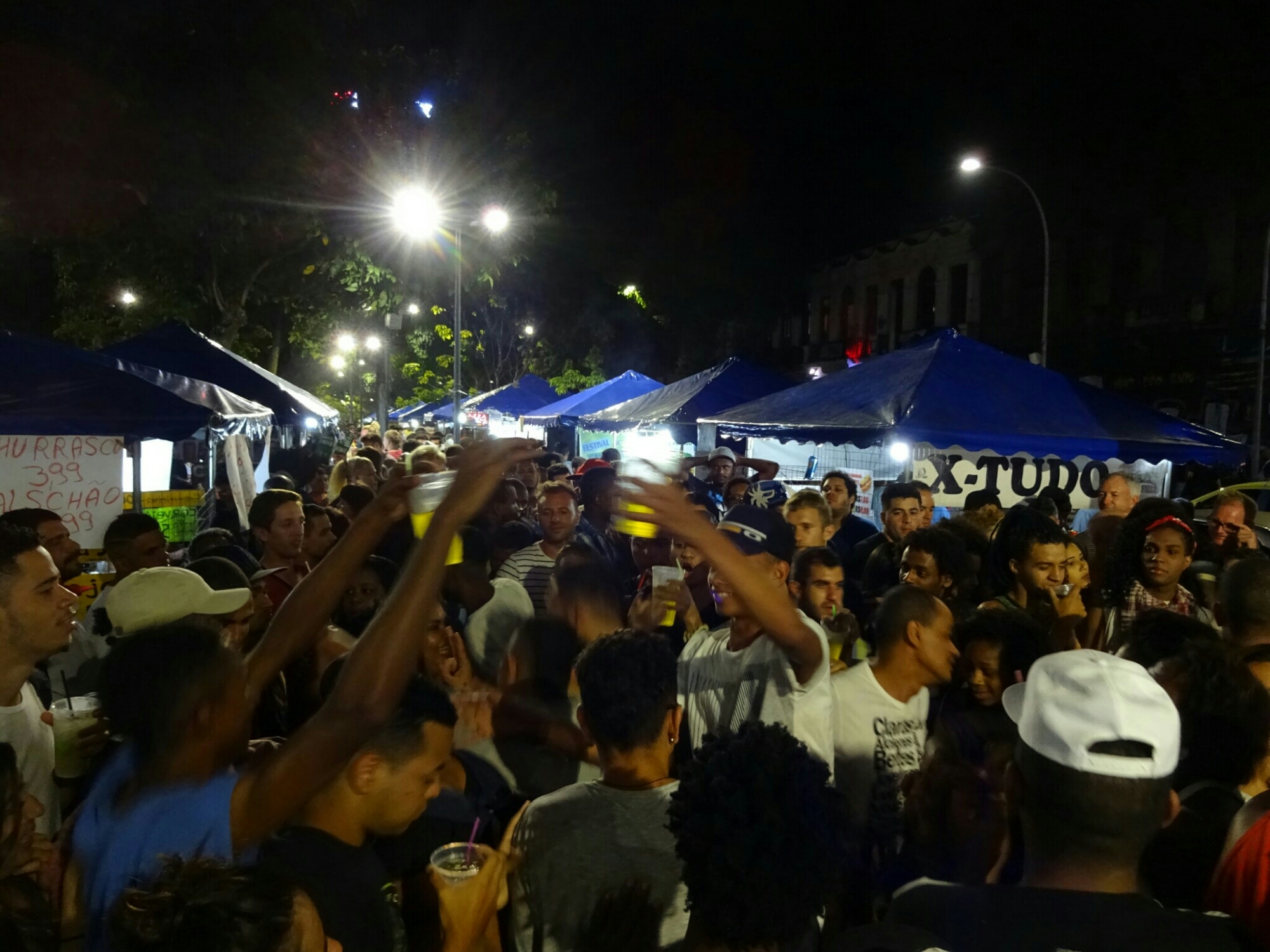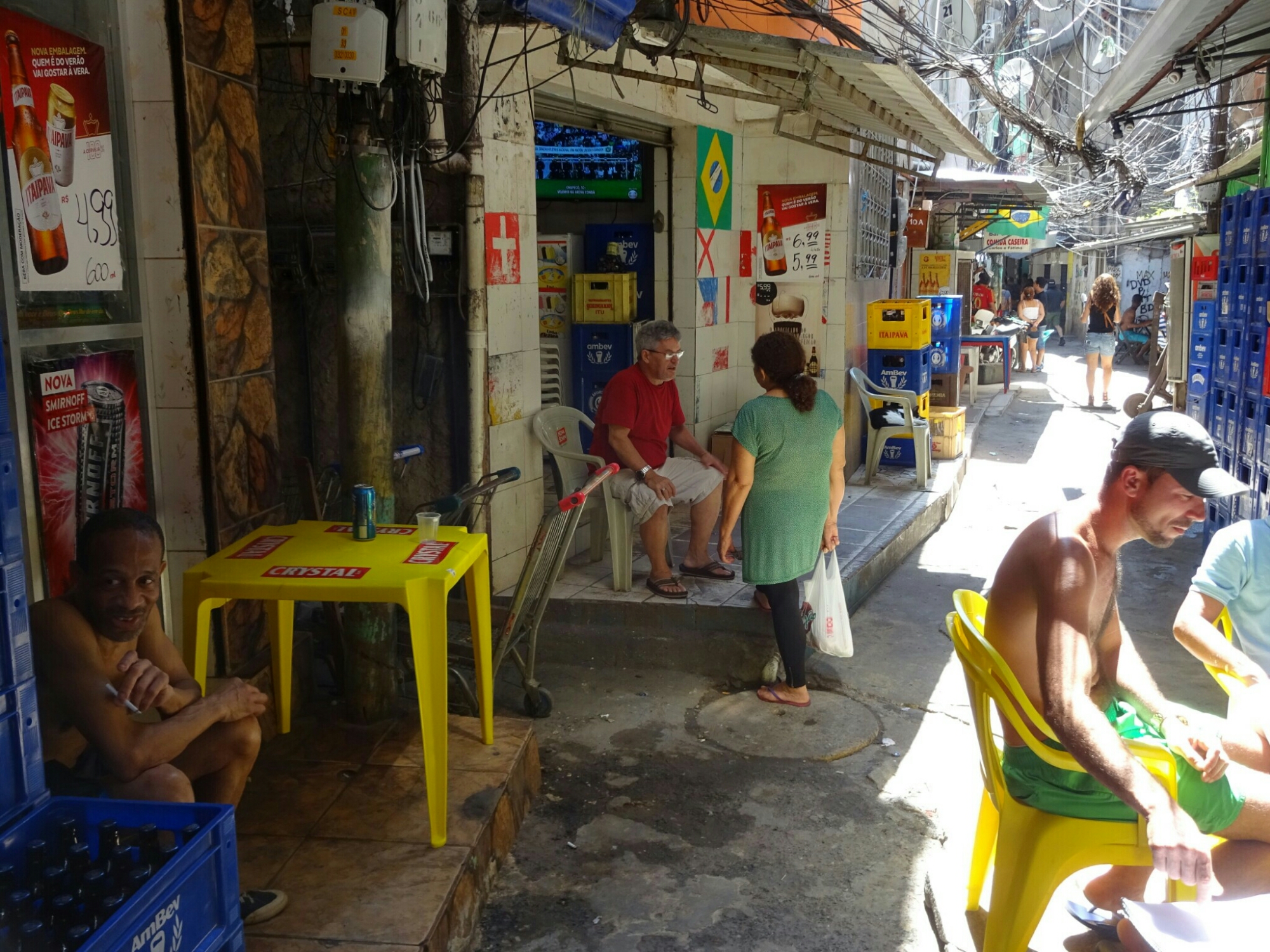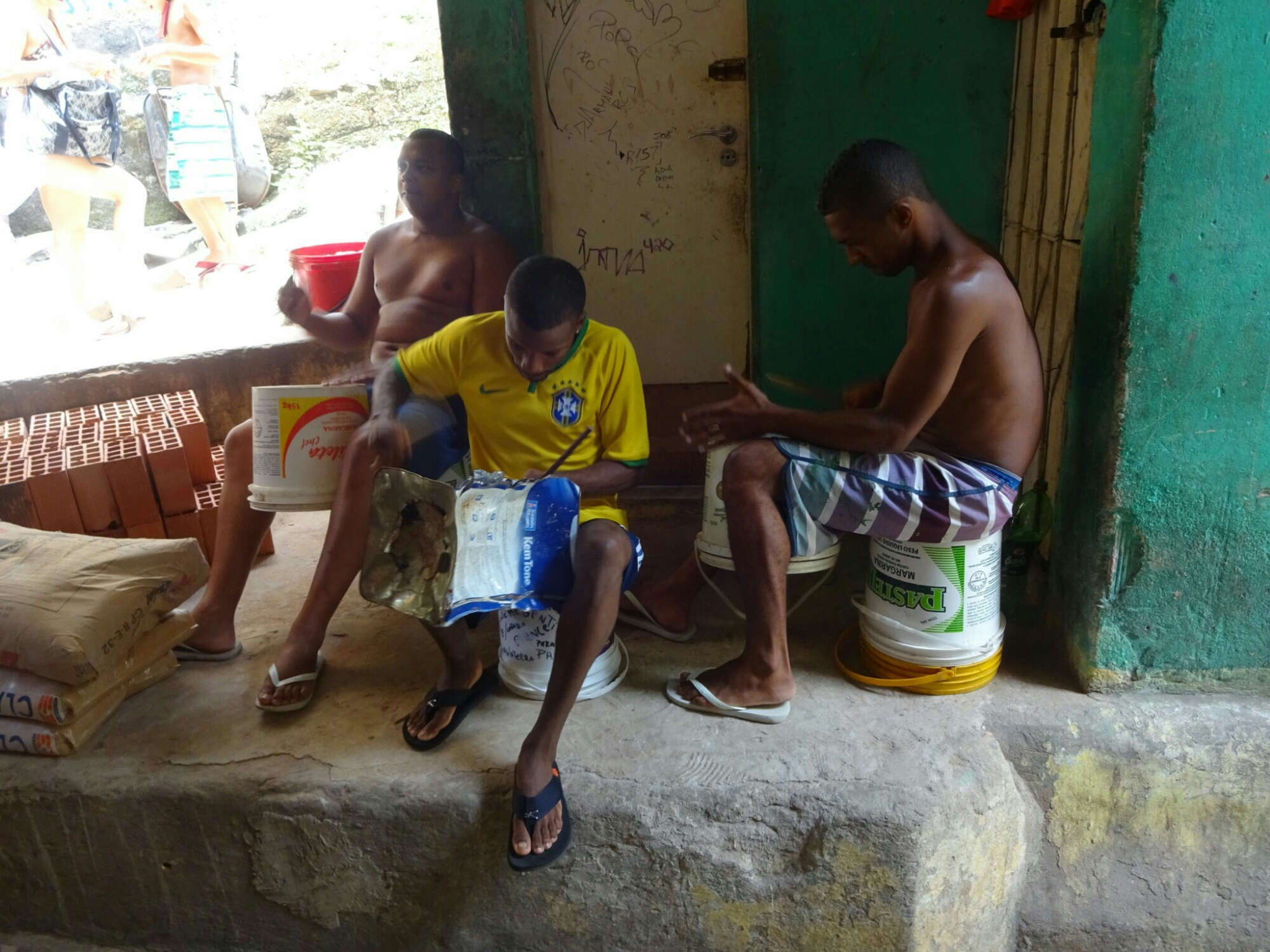Due to the recommendation of my Argentinean friends Michael and Sabri, I set off to explore the north of Argentina. From Puerto Iguazu I took another 22 hour bus ride to get me to San Miguel de Tucuman. Here I wanted to find some fellow travelers to rent a car together. While boarding the bus, I had already spotted two couples that were also heading to Tucuman. Randomly I asked one of them, what their plans were: Renting a car for one week and exploring the area. Bingo! Even if I didn’t win the free on-board Bingo game, I had just won the main prize, far better than a bottle of wine: Two new friends and a week full of adventures!
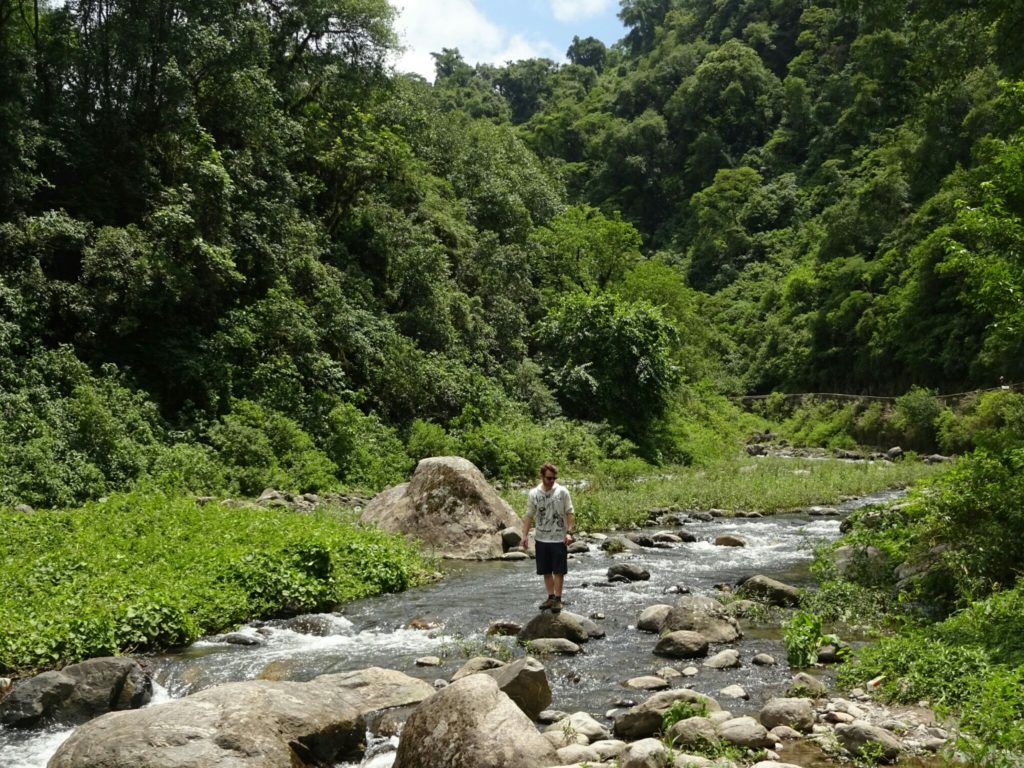
We set off the following morning with a Chrysler Corsa that Elise and Brice had booked the same day. On our way to Tafi del Valle we entered the mountains and the landscape around us changed from lush green forests to open grasslands. After a quick stop at the Menhir collection of El Mollar, we continued and took a mountain pass with a little shop, titled “Infiernillo” – little hell. And it was almost like passing a gate (to hell), because the climate changed once again and turned into a hot and dry mountain desert, favoring the growth of little shrubs and cacti in the area behind the pass.
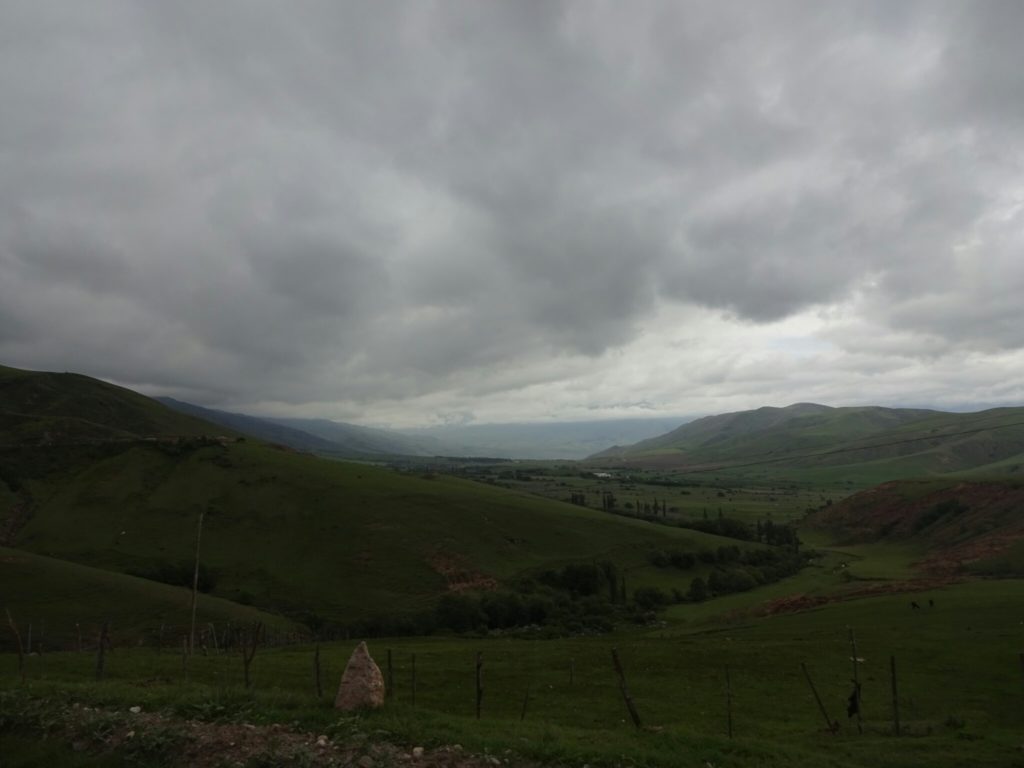

In Amaicha del Valle we spent the night and visited the Pachamama Museum, a showroom for the works of the local artist Hector Cruz, which also has exhibitions on the geological formation of the valley (Valle Calchaquies) as well as on the indigenous history of the area. The museum itself is already very artistic and definitely worth a visit. Almost next door is a little canyon with a nice waterfall – “El Remate”. We paid the entrance fee and got a private guide who took us to the waterfall.

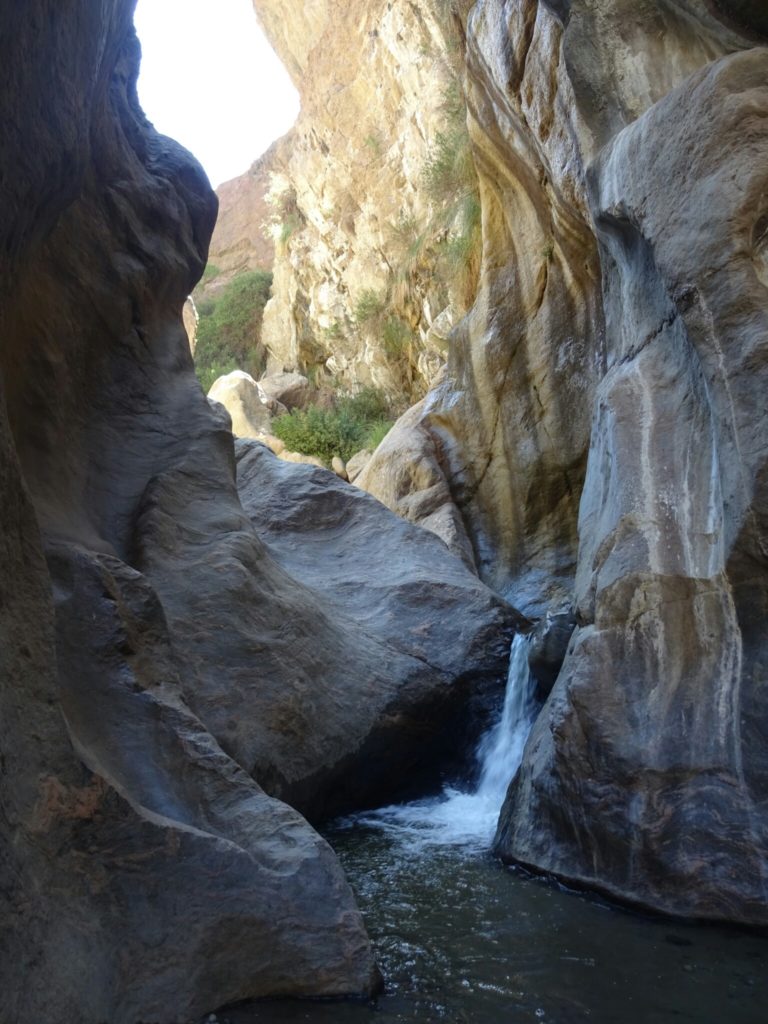
Further down the valley lies the ruin of the holy city Los Quilmes. It’s the remains of an old city, more than 1000 years old, that is believed to have had up to 5000 people living in it at its peak. The walls of the houses have been restored so that you can walk around and get an impression of how big the city was. Unfortunately none of the roofs were rebuilt, leaving it up to imagination how it looked like. (A few days later we visited other ruins, which had roofs.)
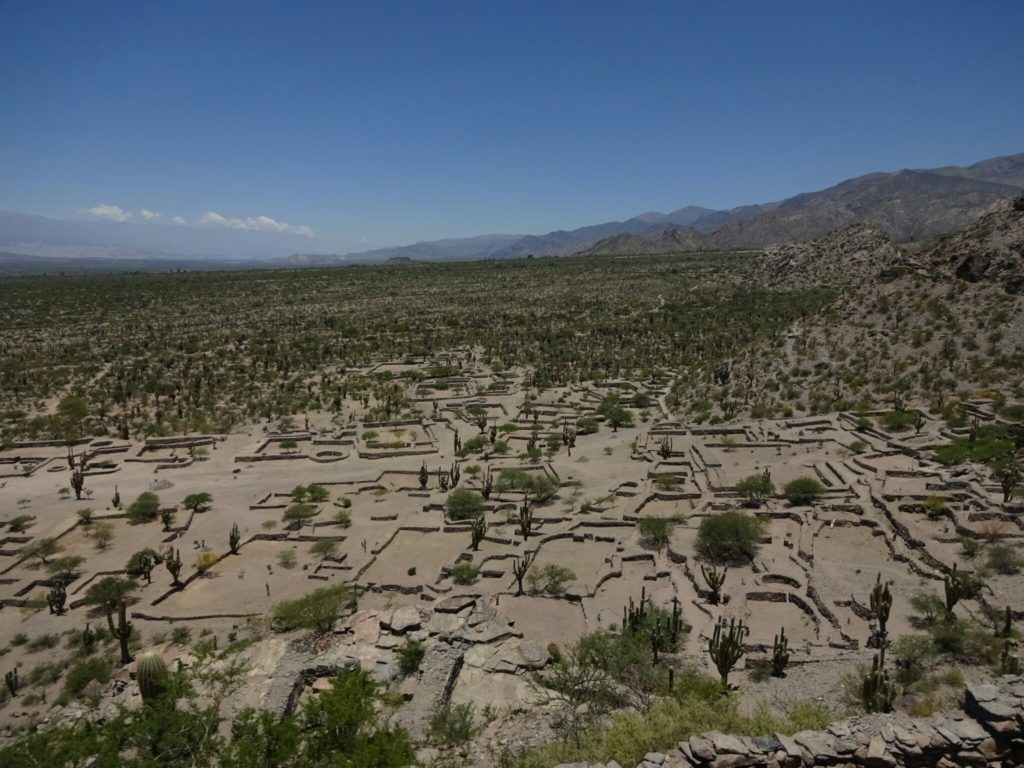

As we drove past Cafayate we were running low on gas. Luckily, the “Quebrada de las Conchas” started right outside the town and we wanted to visit it before it got dark. However, driving to the main attractions of the gorge, “El Anfiteatro” and “Garganta del Diablo”, was further than we had expected. The grandeur of the surrounding landscape was nevertheless worth the trip. Both, amphitheater and devil’s throat, are short canyons that lead to the main gorge. Their small entrance to a huge room flanked by tall red walls and the great acoustics are used by local artists.

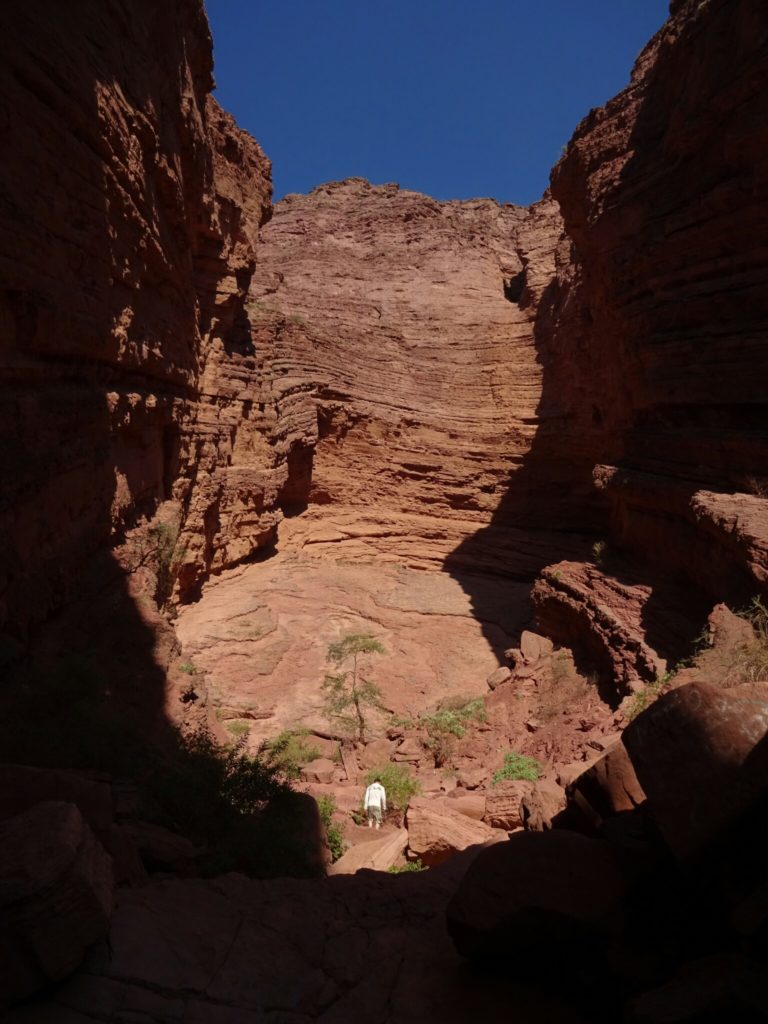
Getting back to Cafayate was a bit more exciting than necessary, because by the time we reached the town we had done about 80 km on our empty tank. However, with Brice’s excellent driving skills we made it back in one piece without being stranded on the small roads through the gorge.
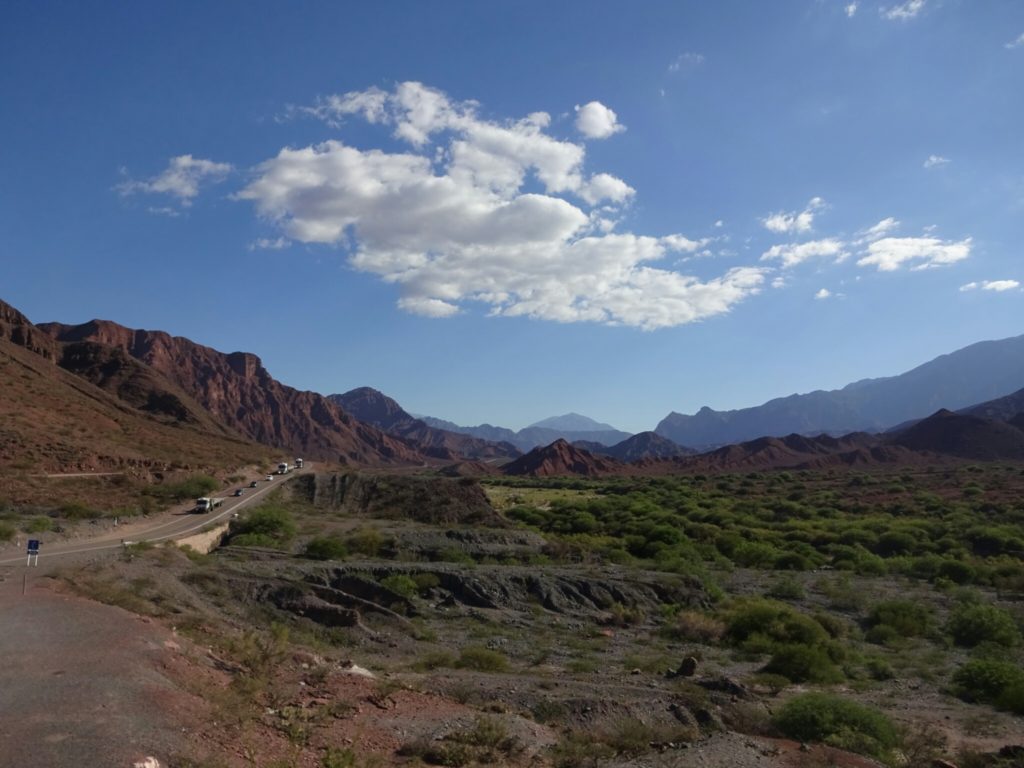
The next day we chose to take a section of the legendary “Ruta Nacional 40” (RN40), which runs from the southernmost point of Argentina in Tierra del Fuego all the way north to Bolivia. And if we had thought the road yesterday was small, we had to revise our definition of small: A gravel road, sometimes only wide enough for one car to pass, which is sufficient, because we only met a handful of cars during the whole day. This time we had a full tank and were ready to take on the adventure.
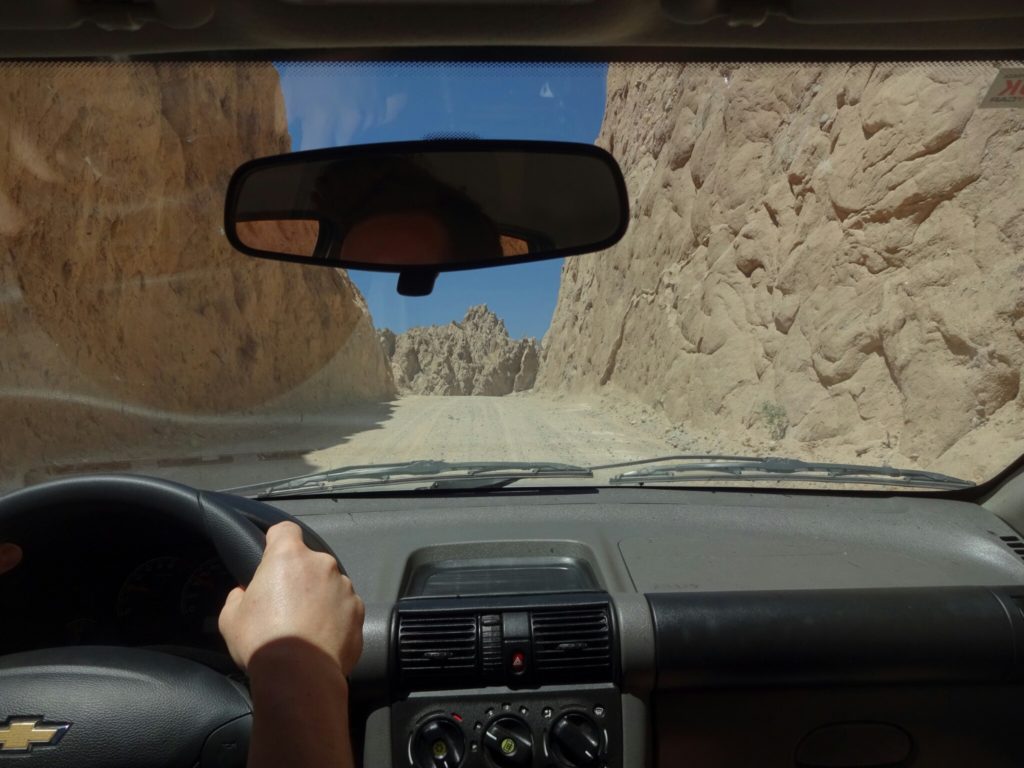
Driving through the “Quebrada de las Flechas” was an adventure by itself. Here, the color of the surrounding rocks was mostly light yellow to grey, a big contrast to yesterday’s red. The rocks were also very pointy, making the terrain look quite rough. We met a few people who had to use their spare wheel, but this time it wasn’t us.

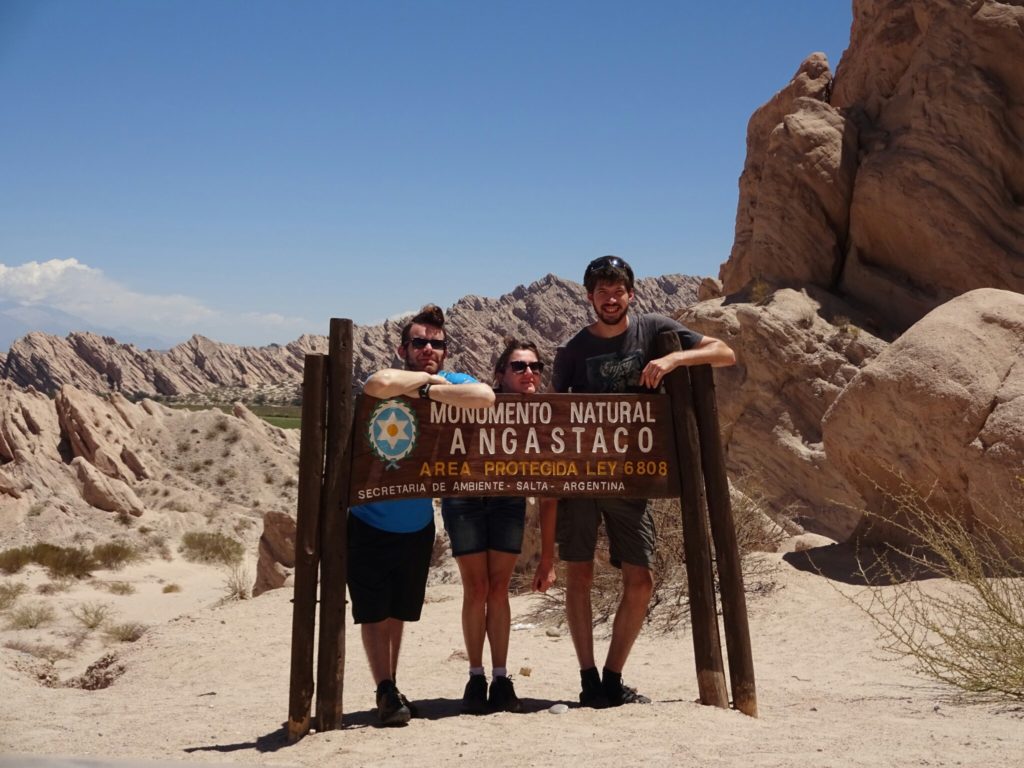
As the day continued we stopped in different places along the way, but the most exciting one coming up later in the day – the “Puente del Diablo”, the devil’s bridge. It’s a natural bridge over the river that we had been following the whole day. Here, the river flows through a small cave, where the entrance is only allowed with a local guide. If you don’t have one, you can still get some excitement wading through the knee-deep water underneath the natural bridge, which eventually leads to the cave.
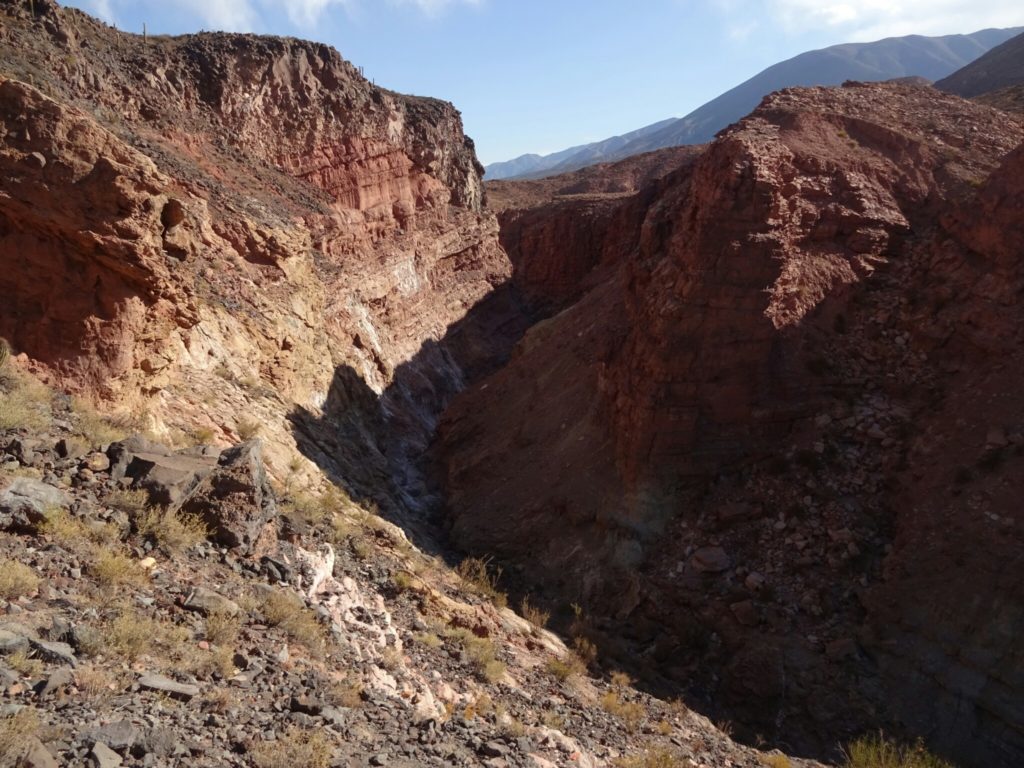
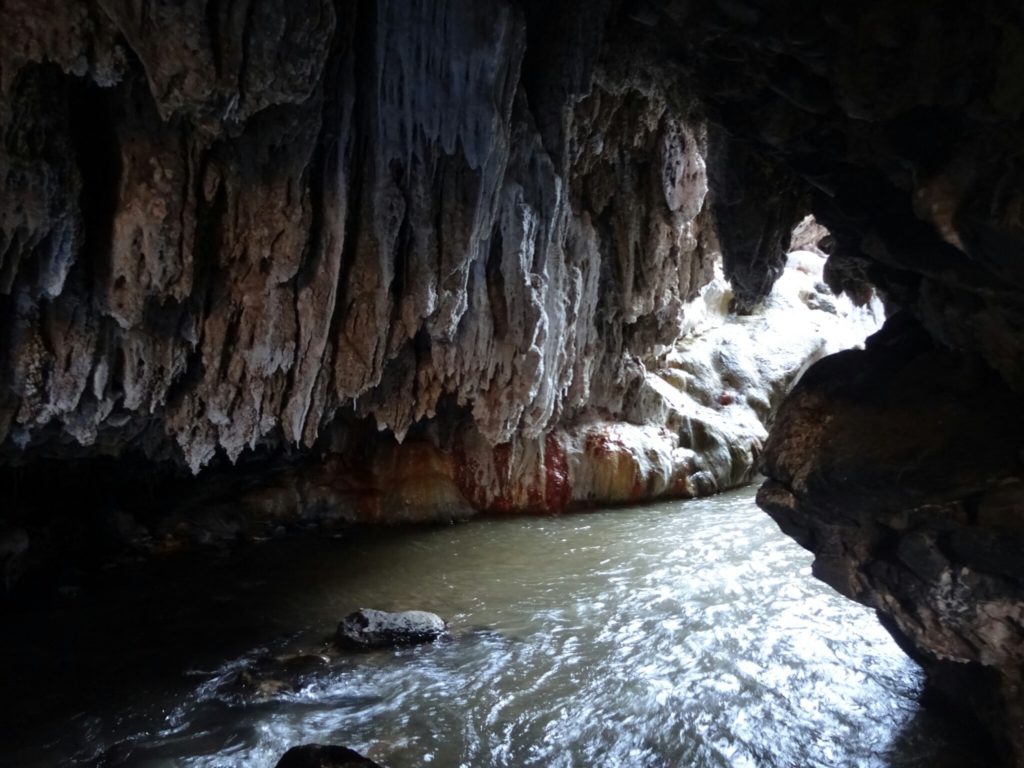
By now it was quite late in the day and we still had another 50 km left to San Antonio de los Cobres. This doesn’t seem like a lot, but it involved the passage of another mountain pass at almost 5000 m, which we didn’t know. We had expected to be high up in the mountains, but not that high. On the way we encountered a shepherd with his herd of lamas, who were blocking our way.

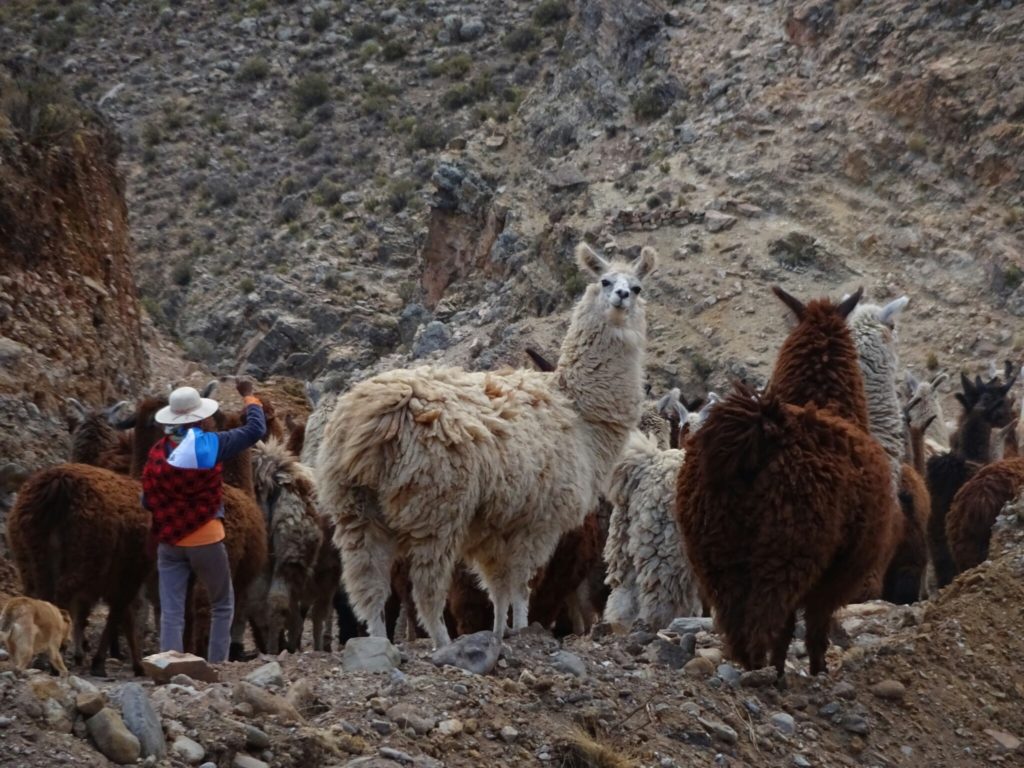
We reached the pass at sunset, where we got a spectacular view of the surrounding mountains. However, we did not stay for long, because it was cold, windy and the thin air made us feel a little dizzy. Additionally we didn’t want to drive down in complete darkness, which we managed quite well, because it only turned pitch black just outside of San Antonio de los Cobres. By the time we reached our accommodation “El Portal de los Andes”, we didn’t care if it was the portal to hell or out of it, we were just exhausted.

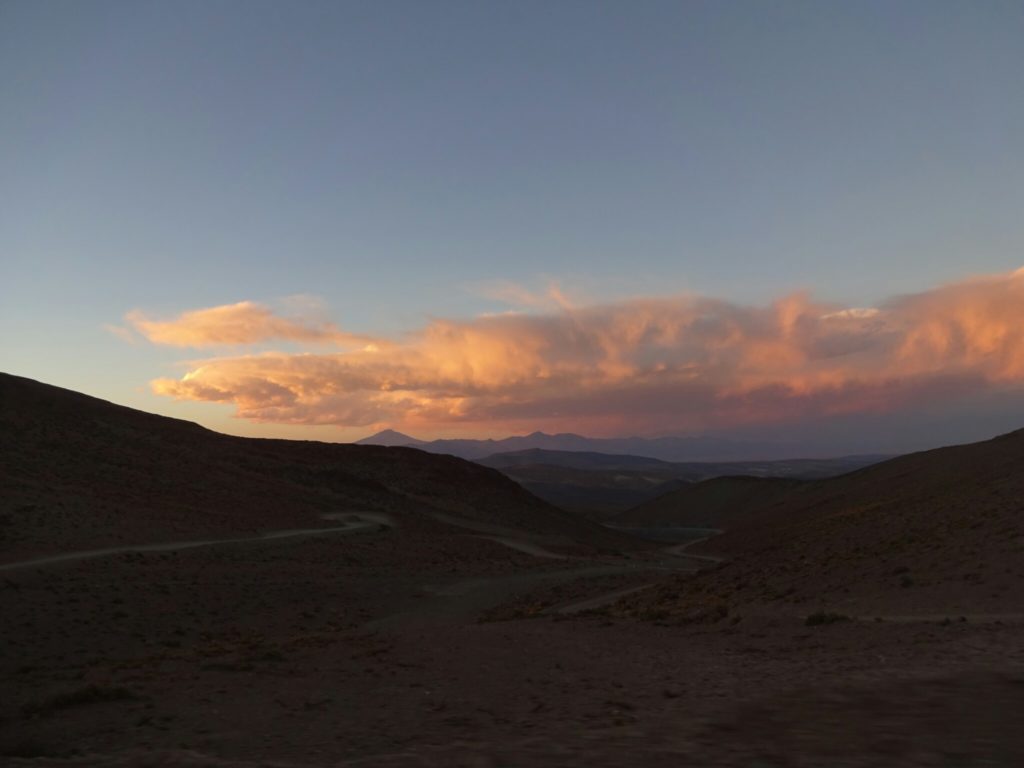


![{"total_draw_time":0,"uid":"256666d9-3e0d-416b-aaf3-e7c61020d8c5","layers_used":0,"effects_tried":0,"photos_added":0,"origin":"unknown","effects_applied":0,"brushes_used":0,"total_effects_time":0,"total_draw_actions":0,"total_editor_actions":{},"longitude":-1,"total_effects_actions":0,"latitude":-1,"tools_used":{},"fte_image_ids":[],"total_editor_time":2}](https://www.wheredoyougo.de/wp-content/uploads/PicsArt_12-24-12.14.20-1024x400.jpg)
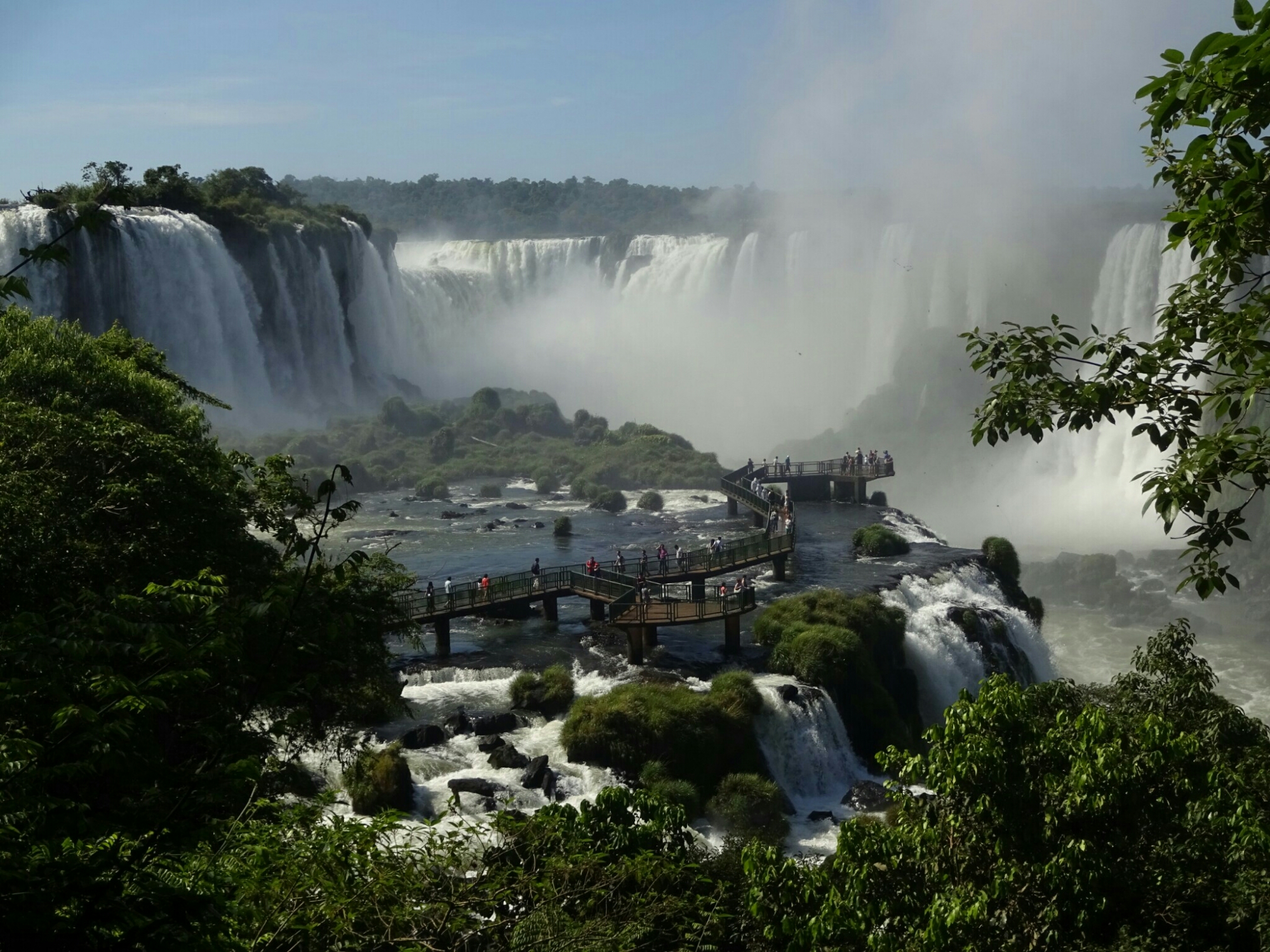
![{"total_draw_time":0,"uid":"149a08c5-5974-4718-9dda-4d85d726c9e3","layers_used":0,"effects_tried":0,"photos_added":0,"origin":"unknown","effects_applied":0,"brushes_used":0,"total_effects_time":0,"total_draw_actions":0,"total_editor_actions":{},"longitude":-1,"total_effects_actions":0,"latitude":-1,"tools_used":{},"fte_image_ids":[],"total_editor_time":2}](https://www.wheredoyougo.de/wp-content/uploads/PicsArt_12-24-12.13.41-768x1024.jpg)
![{"total_draw_time":0,"uid":"629cc1f9-5a31-4643-8497-cb58e7c1890f","layers_used":0,"effects_tried":0,"photos_added":0,"origin":"unknown","effects_applied":0,"brushes_used":0,"total_effects_time":0,"total_draw_actions":0,"total_editor_actions":{},"longitude":-1,"total_effects_actions":0,"latitude":-1,"tools_used":{},"fte_image_ids":[],"total_editor_time":3}](https://www.wheredoyougo.de/wp-content/uploads/PicsArt_12-24-12.12.56-1024x768.jpg)
![{"total_draw_time":0,"uid":"817b31fc-3360-4ce1-8111-9a72cfef3096","layers_used":0,"effects_tried":0,"photos_added":0,"origin":"unknown","effects_applied":0,"brushes_used":0,"total_effects_time":0,"total_draw_actions":0,"total_editor_actions":{},"longitude":-1,"total_effects_actions":0,"latitude":-1,"tools_used":{},"fte_image_ids":[],"total_editor_time":2}](https://www.wheredoyougo.de/wp-content/uploads/PicsArt_12-24-12.13.59-1024x768.jpg)
![{"total_draw_time":0,"uid":"f53c4de9-fc21-41d9-9732-189f0a8943ce","layers_used":0,"effects_tried":0,"photos_added":0,"origin":"unknown","effects_applied":0,"brushes_used":0,"total_effects_time":0,"total_draw_actions":0,"total_editor_actions":{},"longitude":-1,"total_effects_actions":0,"latitude":-1,"tools_used":{},"fte_image_ids":[],"total_editor_time":2}](https://www.wheredoyougo.de/wp-content/uploads/PicsArt_12-24-12.13.50-1024x768.jpg)
![{"total_draw_time":0,"uid":"a502f975-9903-4af2-a89b-2363ffeea442","layers_used":0,"effects_tried":0,"photos_added":0,"origin":"unknown","effects_applied":0,"brushes_used":0,"total_effects_time":0,"total_draw_actions":0,"total_editor_actions":{},"longitude":-1,"total_effects_actions":0,"latitude":-1,"tools_used":{},"fte_image_ids":[],"total_editor_time":1}](https://www.wheredoyougo.de/wp-content/uploads/PicsArt_12-24-12.13.06-1024x400.jpg)
![{"total_draw_time":0,"uid":"cd10d675-5fb9-415f-80e8-68dd5fba39d0","layers_used":0,"effects_tried":0,"photos_added":0,"origin":"unknown","effects_applied":0,"brushes_used":0,"total_effects_time":0,"total_draw_actions":0,"total_editor_actions":{},"longitude":-1,"total_effects_actions":0,"latitude":-1,"tools_used":{},"fte_image_ids":[],"total_editor_time":2}](https://www.wheredoyougo.de/wp-content/uploads/PicsArt_12-24-12.12.14-1024x400.jpg)
![{"total_draw_time":0,"uid":"a54031e5-87c1-4287-9d03-f2f94e47a112","layers_used":0,"effects_tried":0,"photos_added":0,"origin":"unknown","effects_applied":0,"brushes_used":0,"total_effects_time":0,"total_draw_actions":0,"total_editor_actions":{},"longitude":-1,"total_effects_actions":0,"latitude":-1,"tools_used":{},"fte_image_ids":[],"total_editor_time":2}](https://www.wheredoyougo.de/wp-content/uploads/PicsArt_12-24-12.12.25-768x1024.jpg)
![{"total_draw_time":0,"uid":"bca463a2-92c7-4f93-b530-f87d192ab280","layers_used":0,"effects_tried":0,"photos_added":0,"origin":"unknown","effects_applied":0,"brushes_used":0,"total_effects_time":0,"total_draw_actions":0,"total_editor_actions":{},"longitude":-1,"total_effects_actions":0,"latitude":-1,"tools_used":{},"fte_image_ids":[],"total_editor_time":2}](https://www.wheredoyougo.de/wp-content/uploads/PicsArt_12-24-12.12.37-1024x768.jpg)
![{"total_draw_time":0,"uid":"08257cb5-952a-4f67-9df9-bd3f37d2b783","layers_used":0,"effects_tried":0,"photos_added":0,"origin":"unknown","effects_applied":0,"brushes_used":0,"total_effects_time":0,"total_draw_actions":0,"total_editor_actions":{},"longitude":-1,"total_effects_actions":0,"latitude":-1,"tools_used":{},"fte_image_ids":[],"total_editor_time":2}](https://www.wheredoyougo.de/wp-content/uploads/PicsArt_12-24-12.12.03-1024x768.jpg)
![{"total_draw_time":0,"uid":"84f302e2-d553-4c25-9383-d588bff67dc2","layers_used":0,"effects_tried":0,"photos_added":0,"origin":"unknown","effects_applied":0,"brushes_used":0,"total_effects_time":0,"total_draw_actions":0,"total_editor_actions":{},"longitude":-1,"total_effects_actions":0,"latitude":-1,"tools_used":{},"fte_image_ids":[],"total_editor_time":4}](https://www.wheredoyougo.de/wp-content/uploads/PicsArt_12-24-12.11.53-768x1024.jpg)
